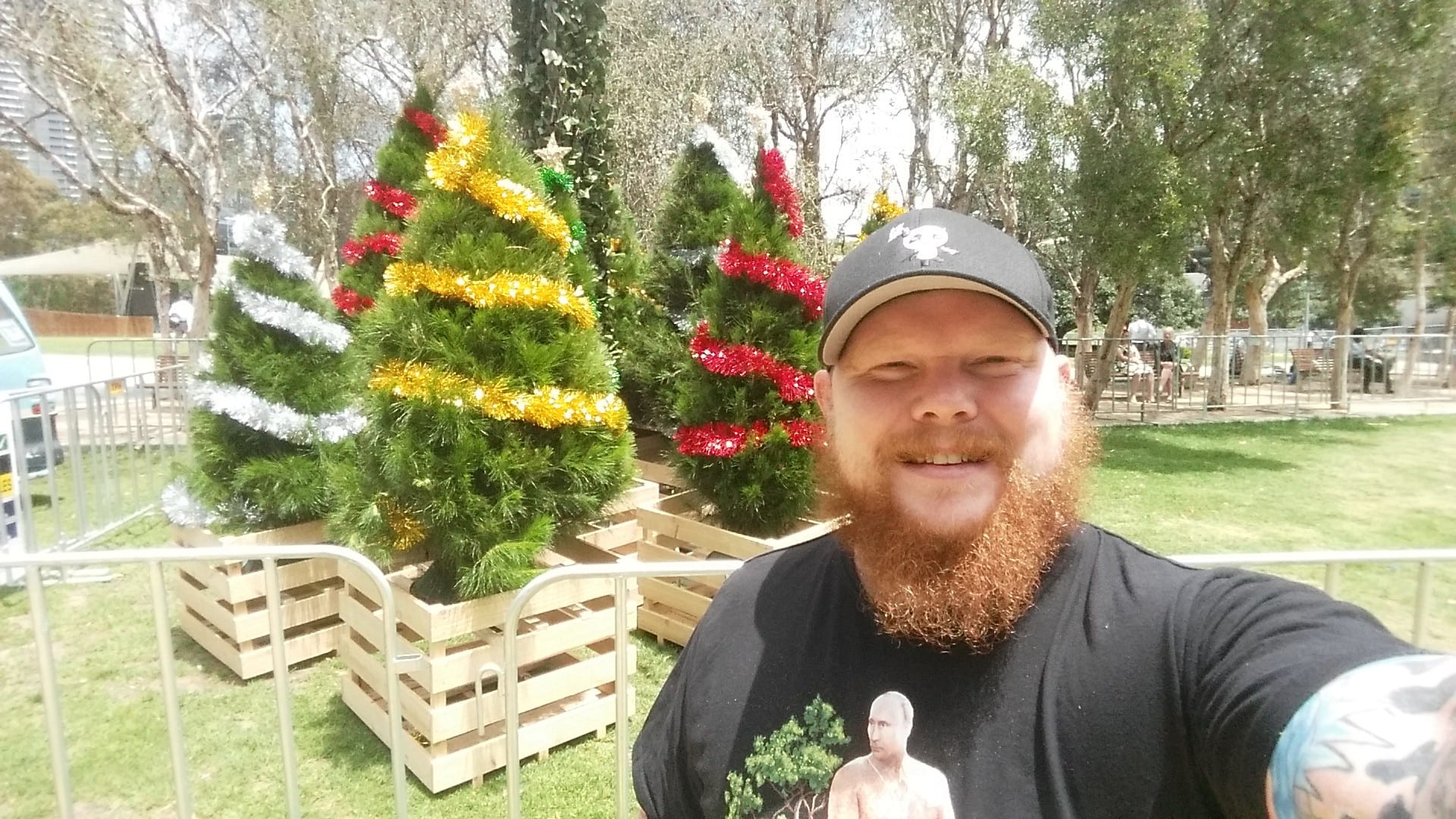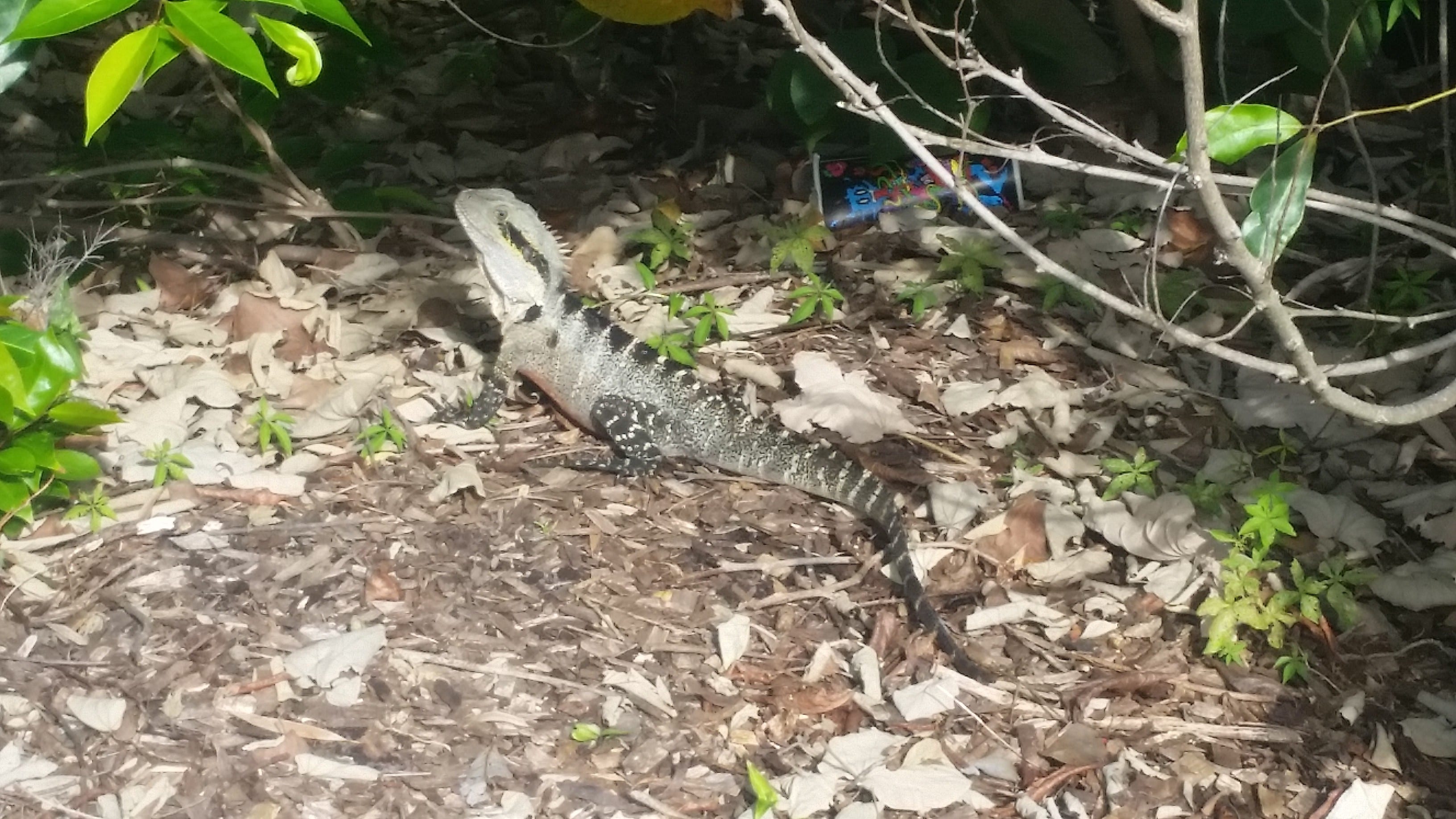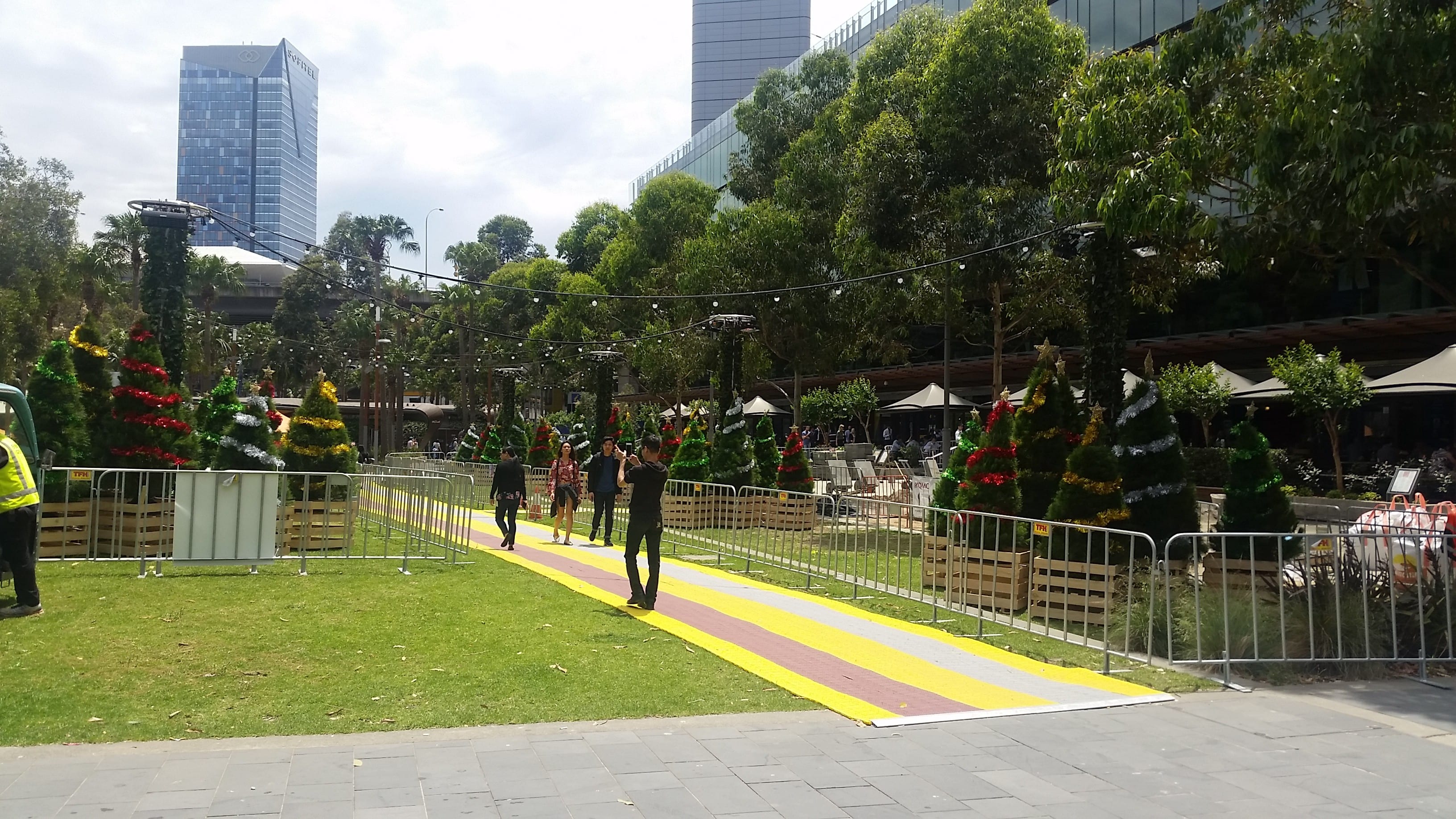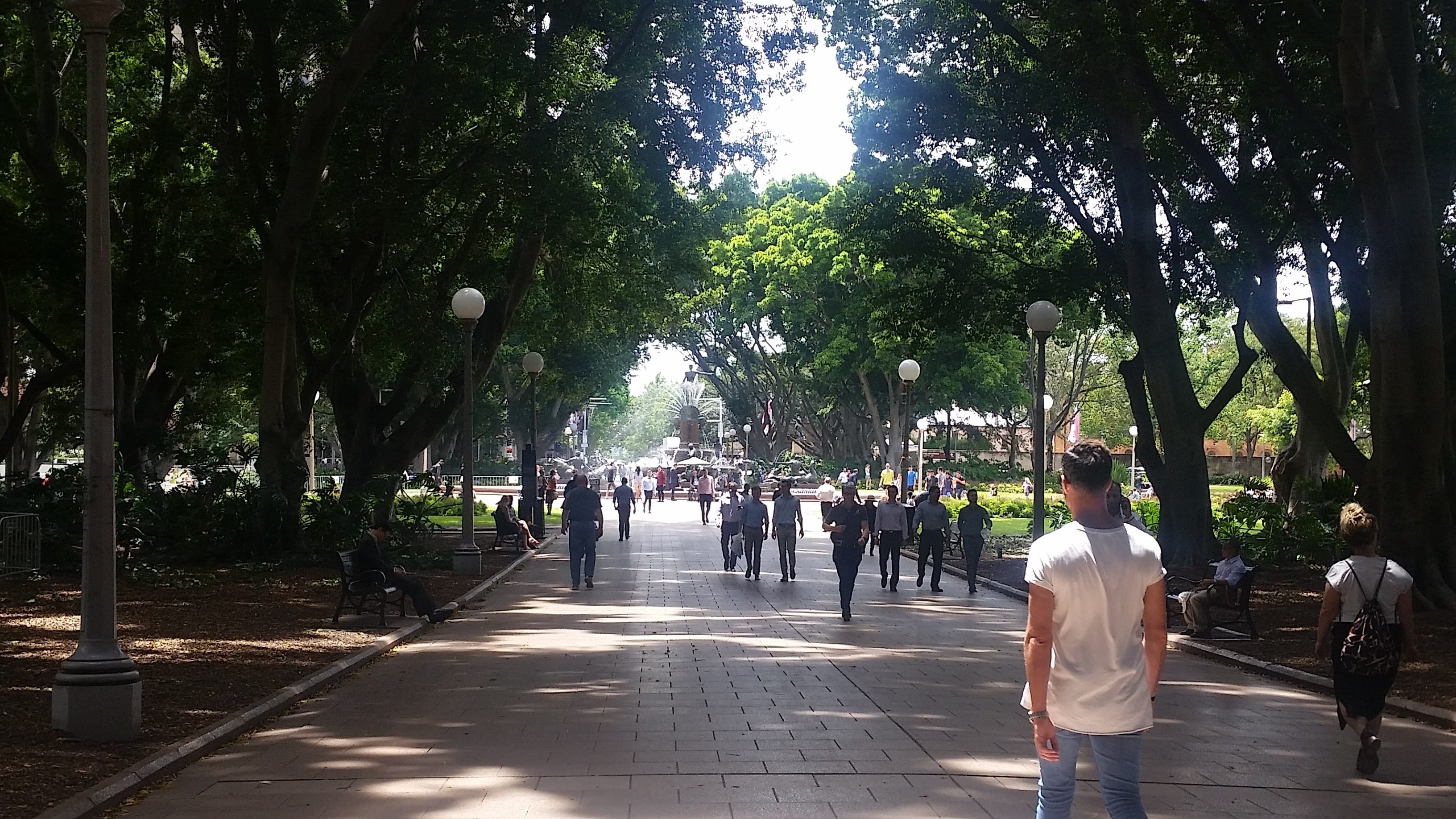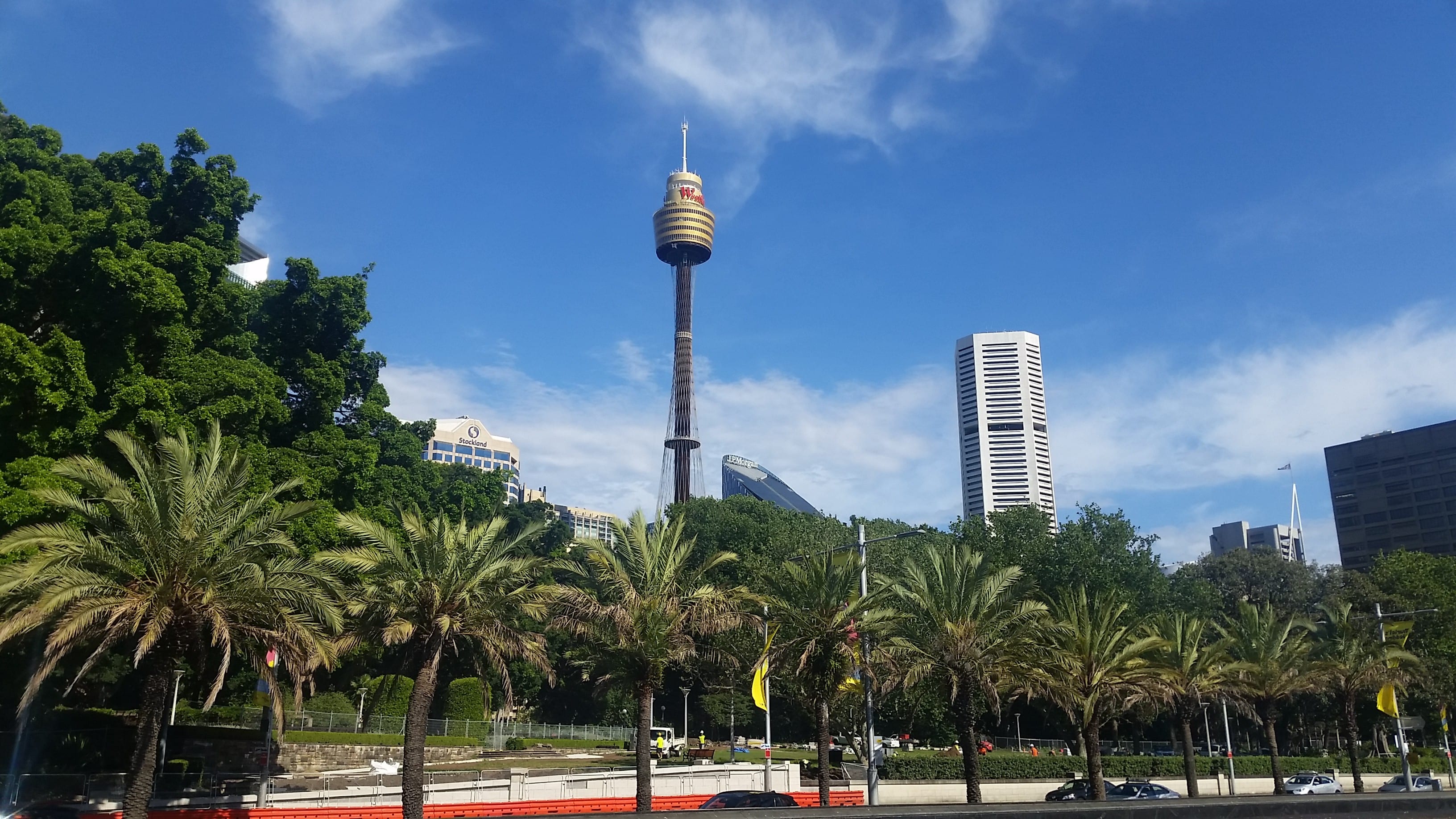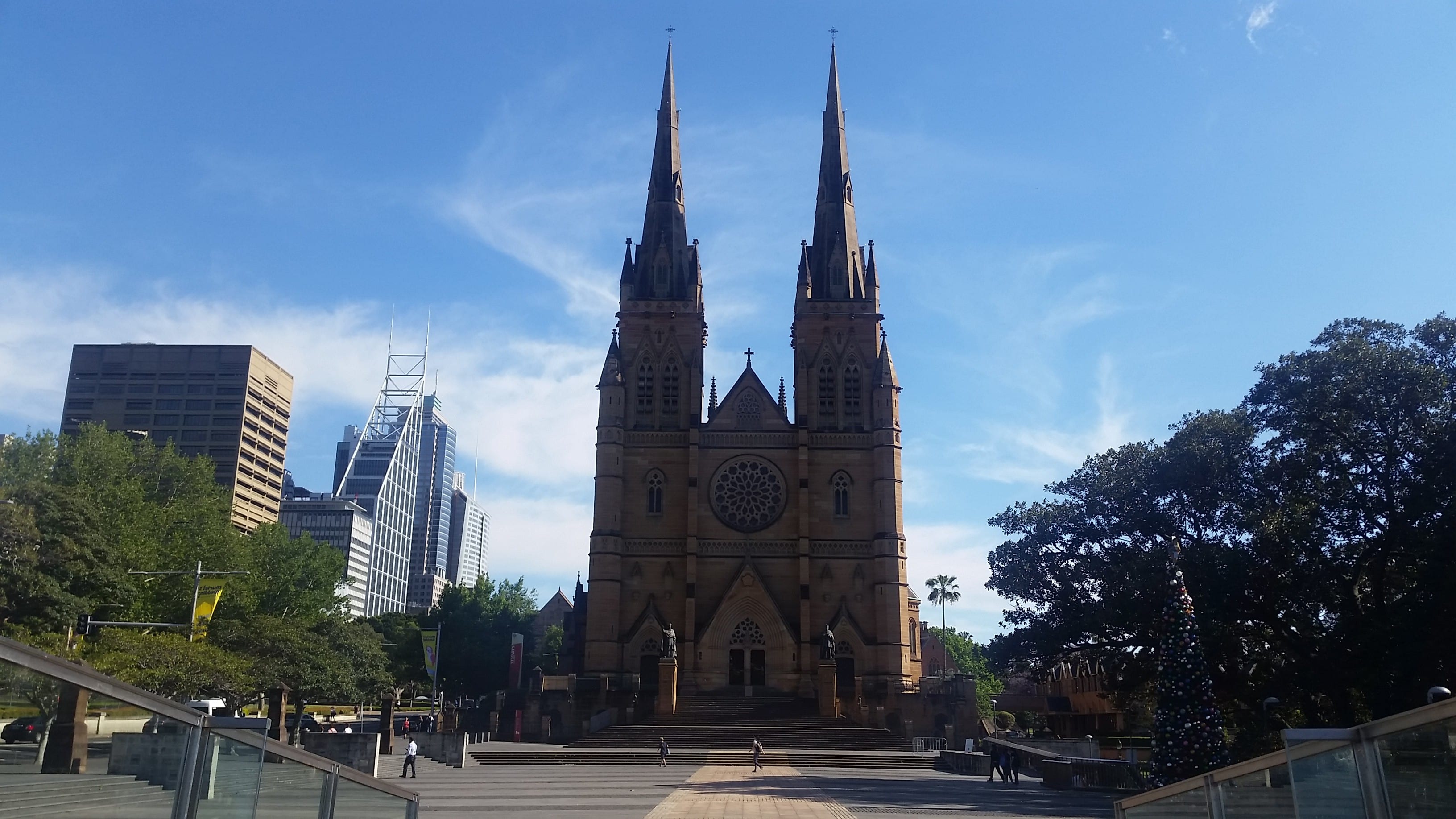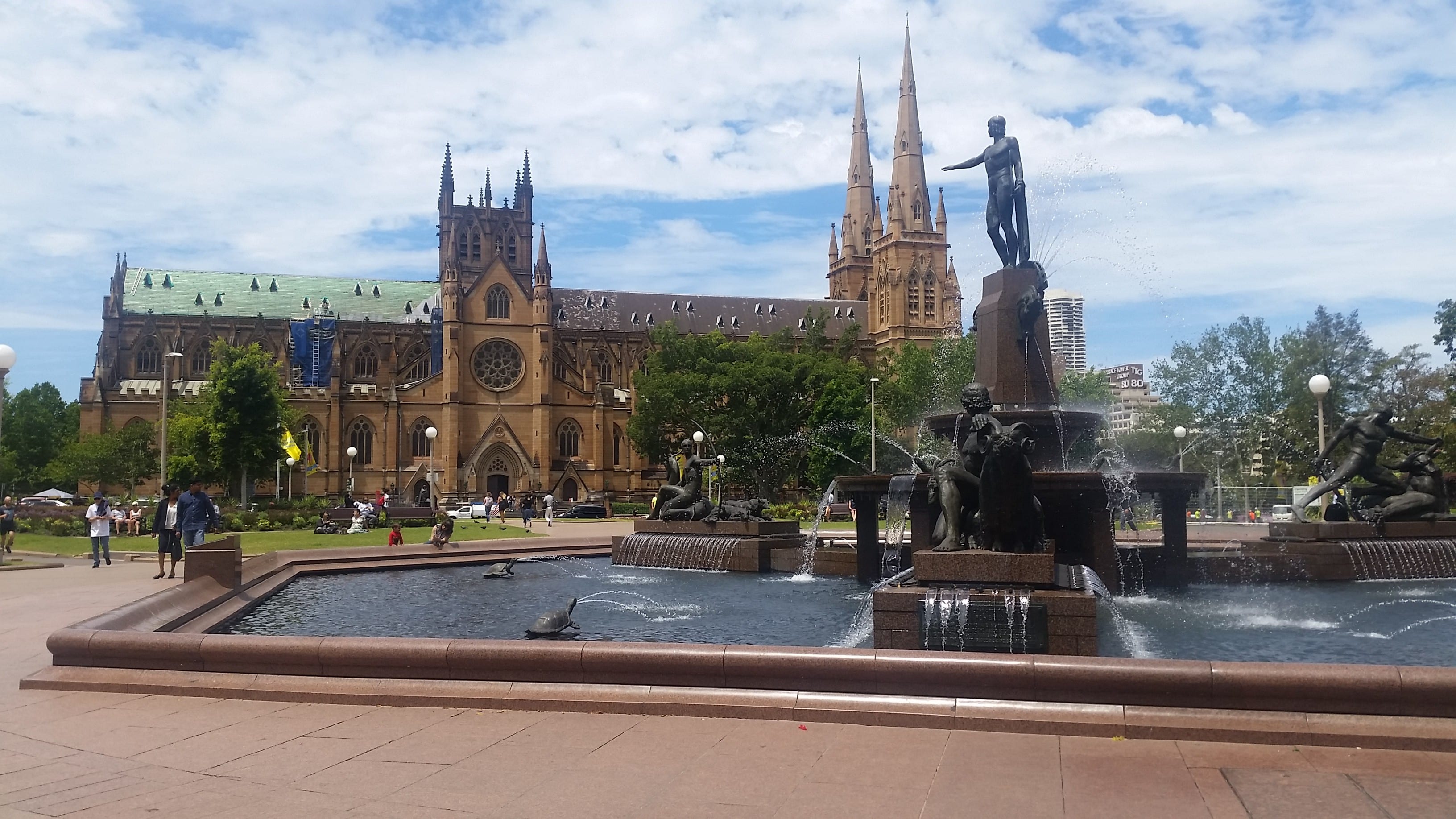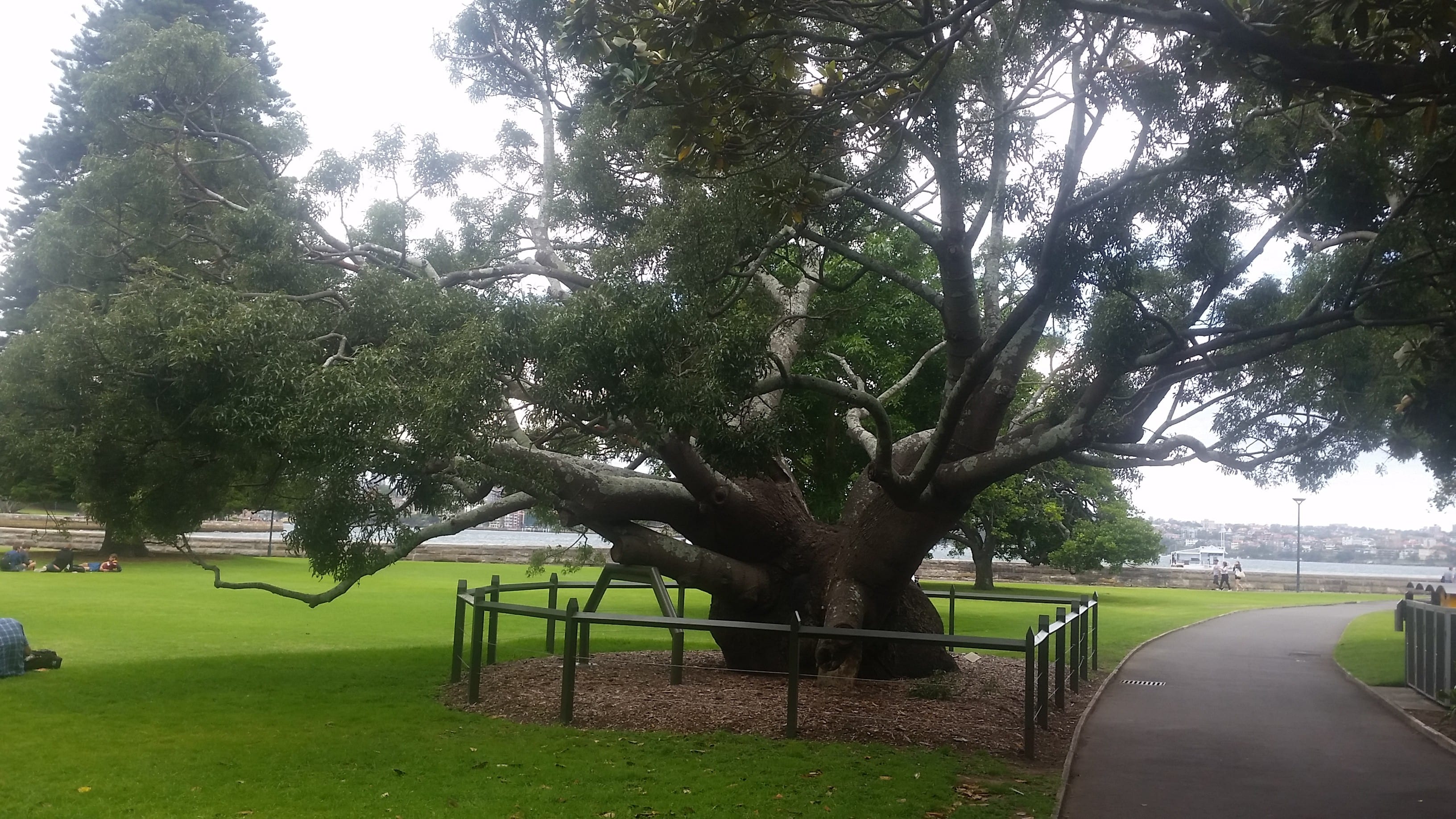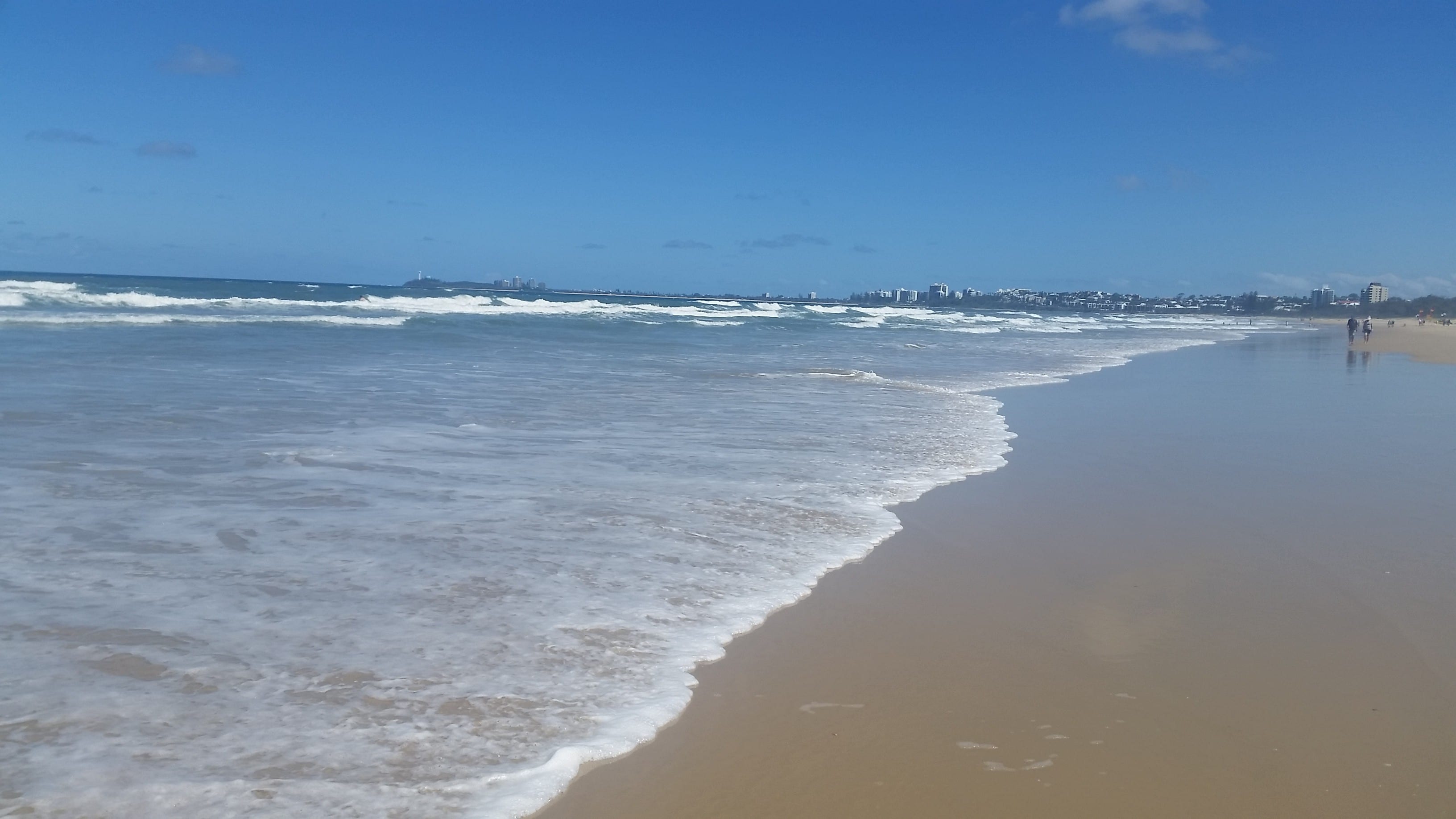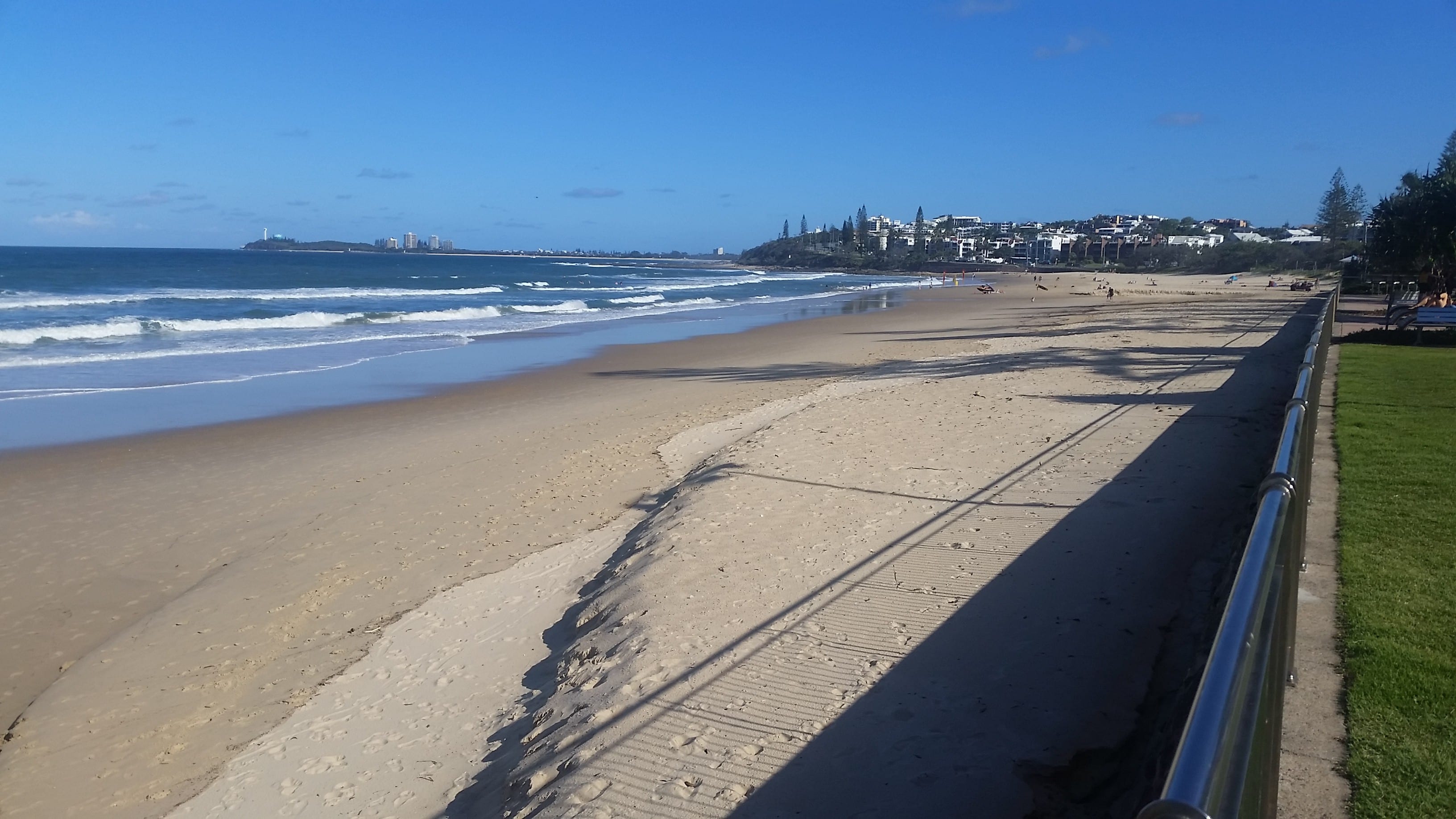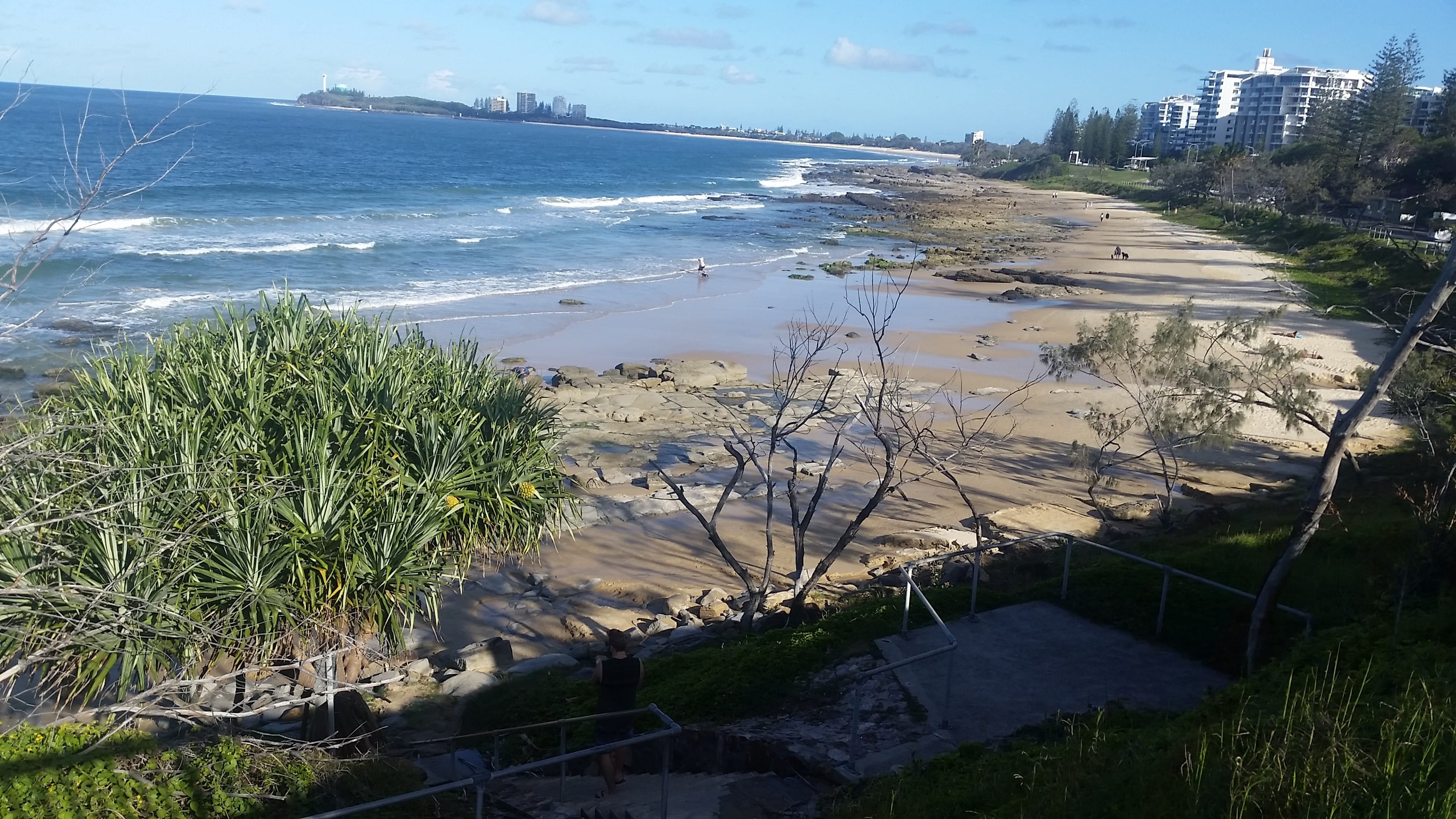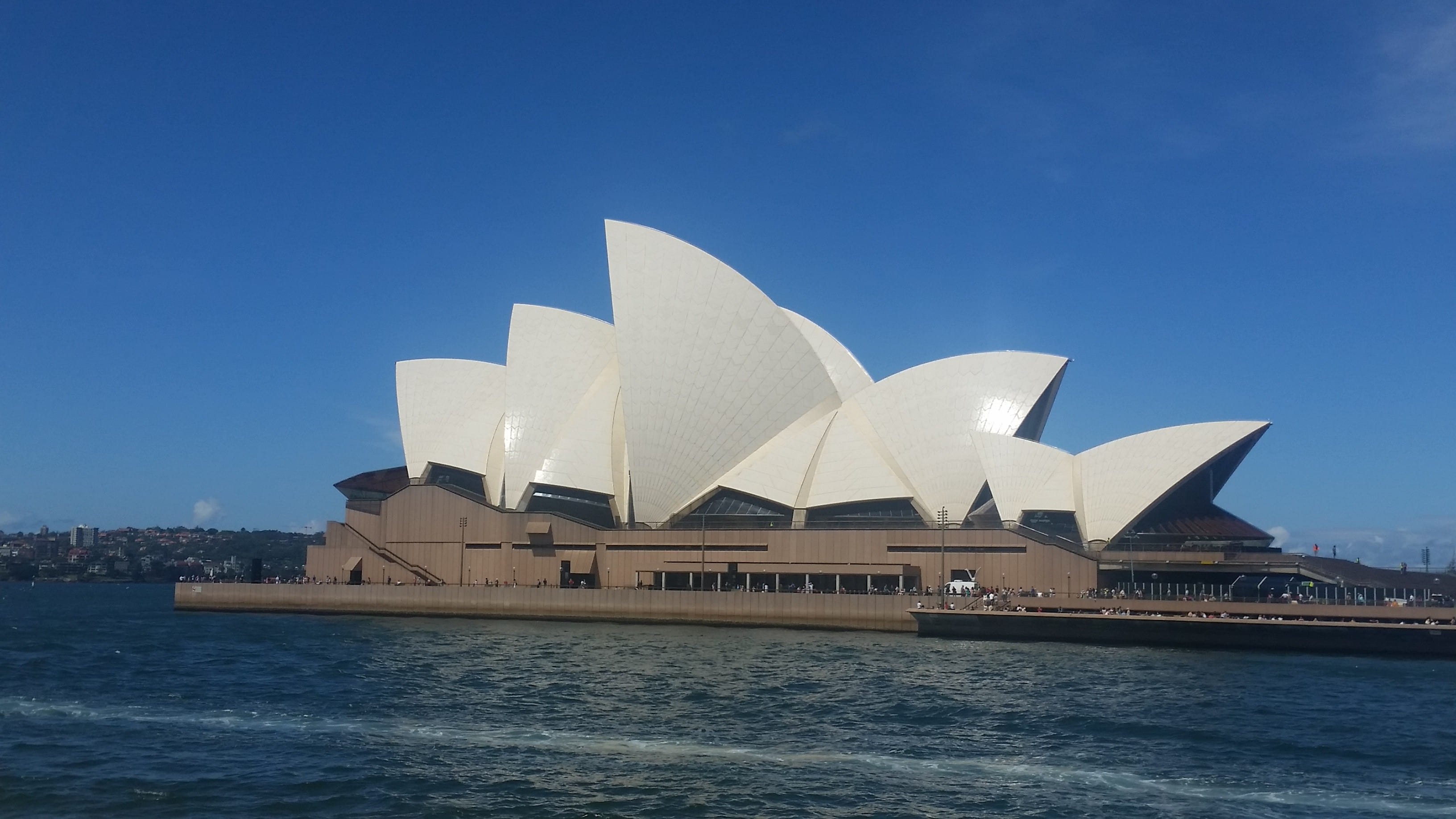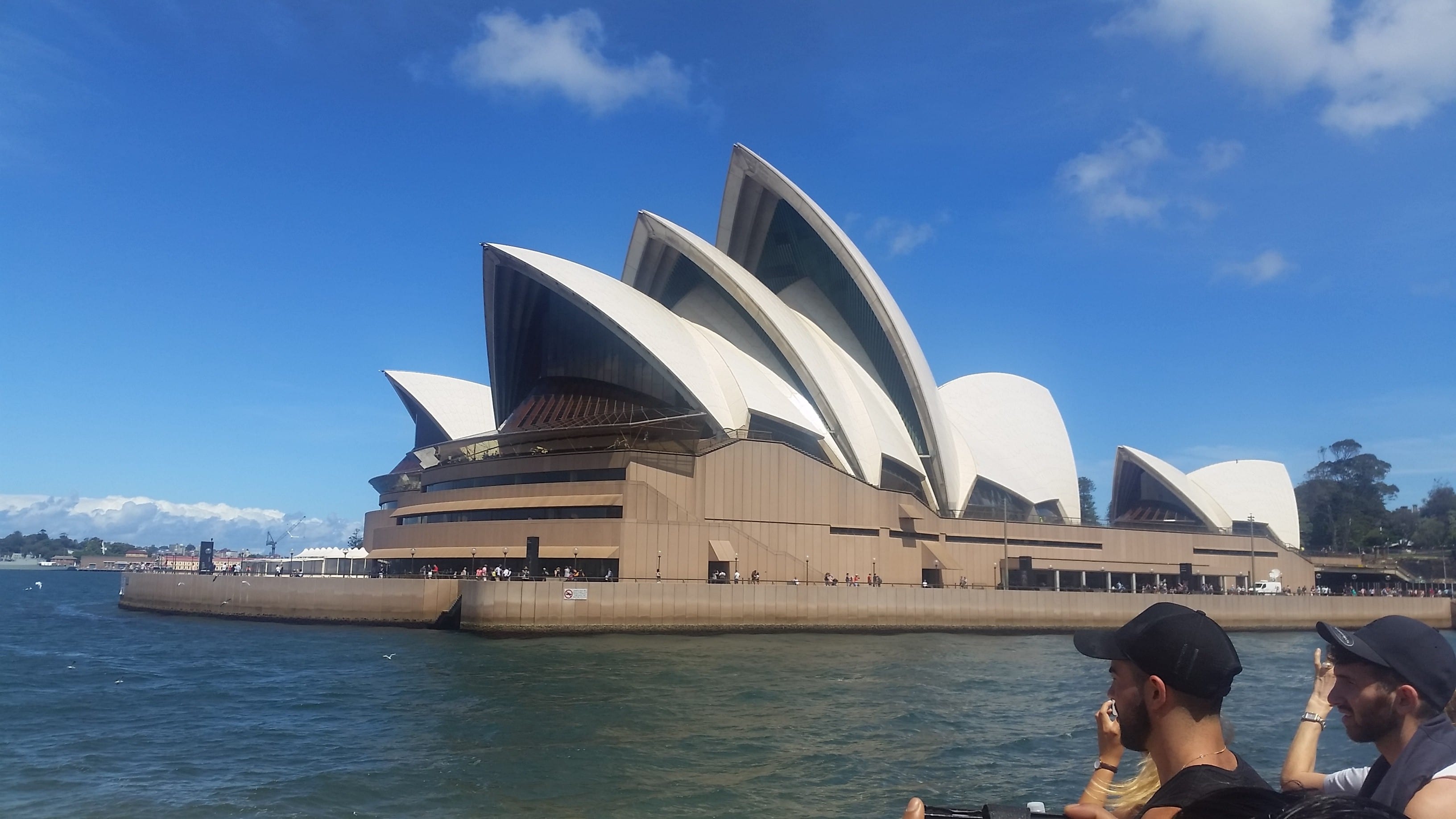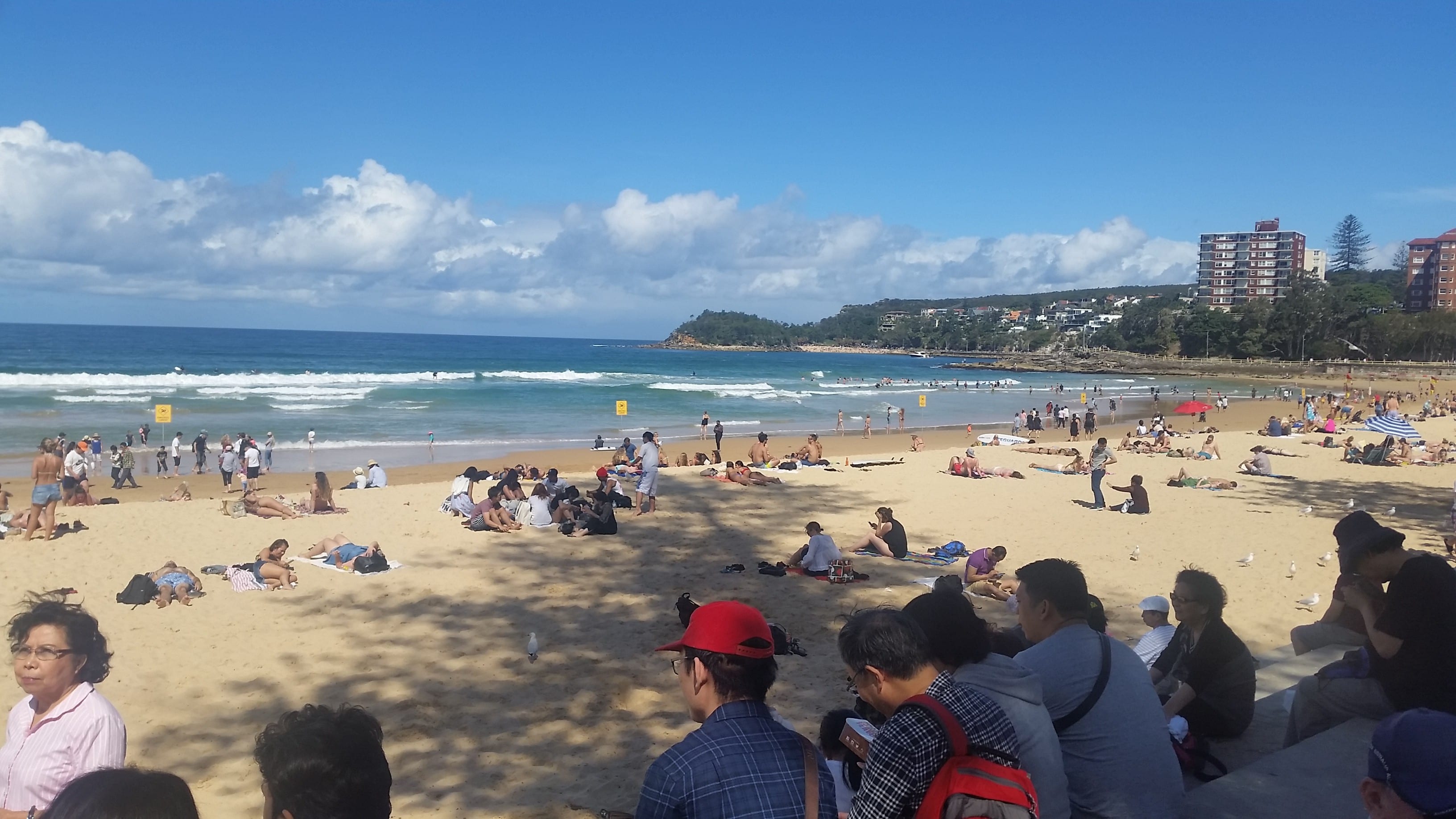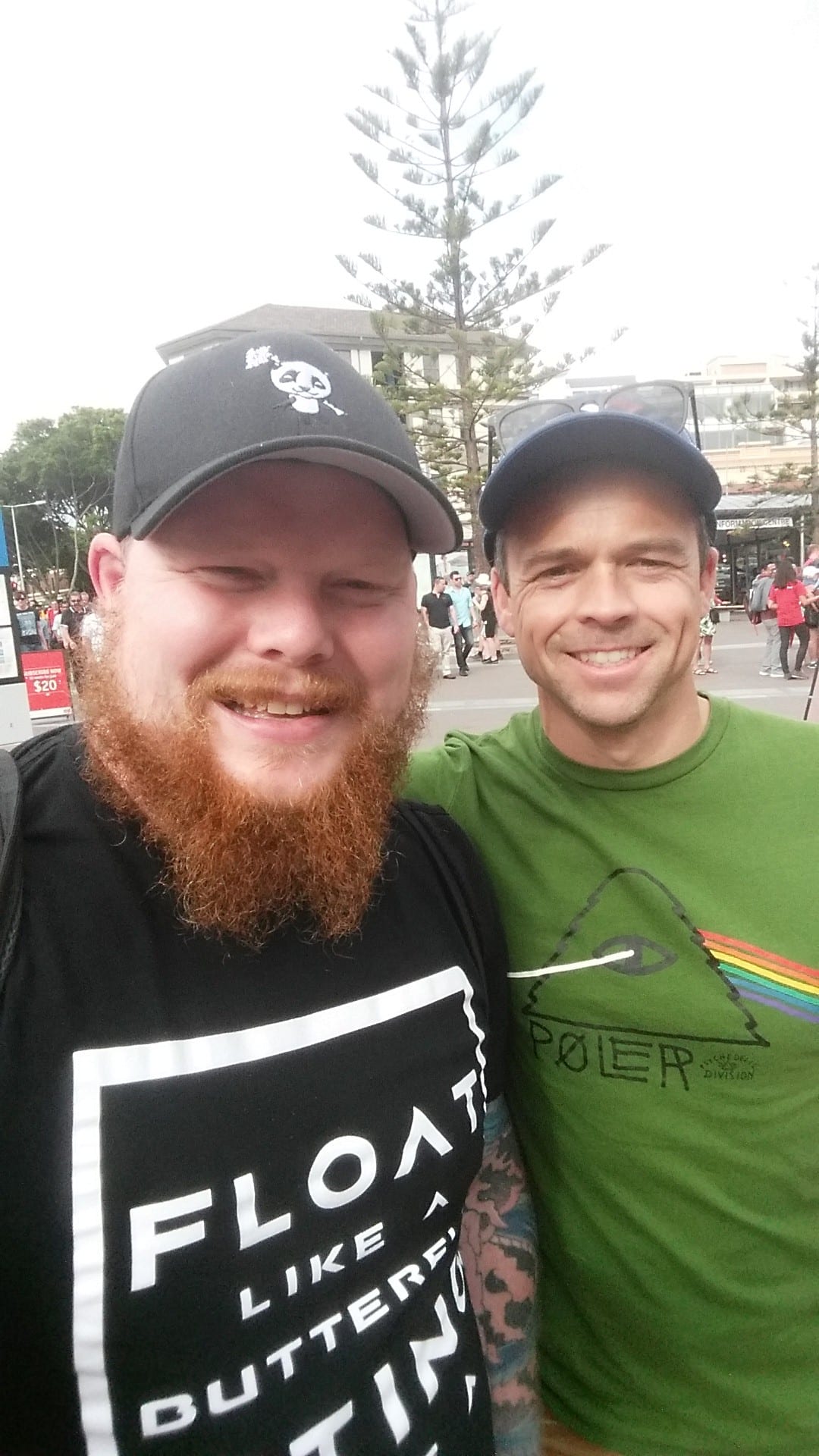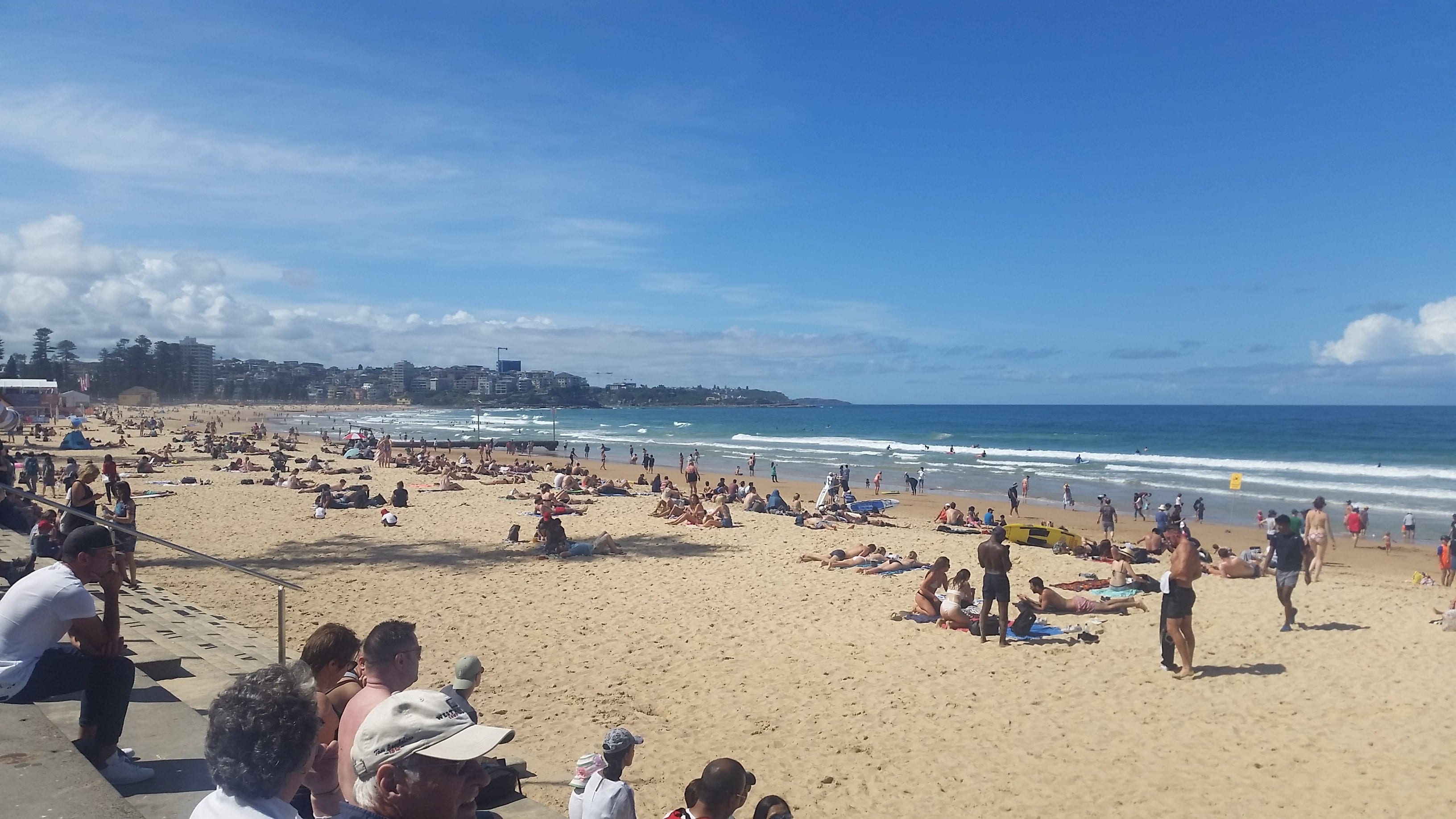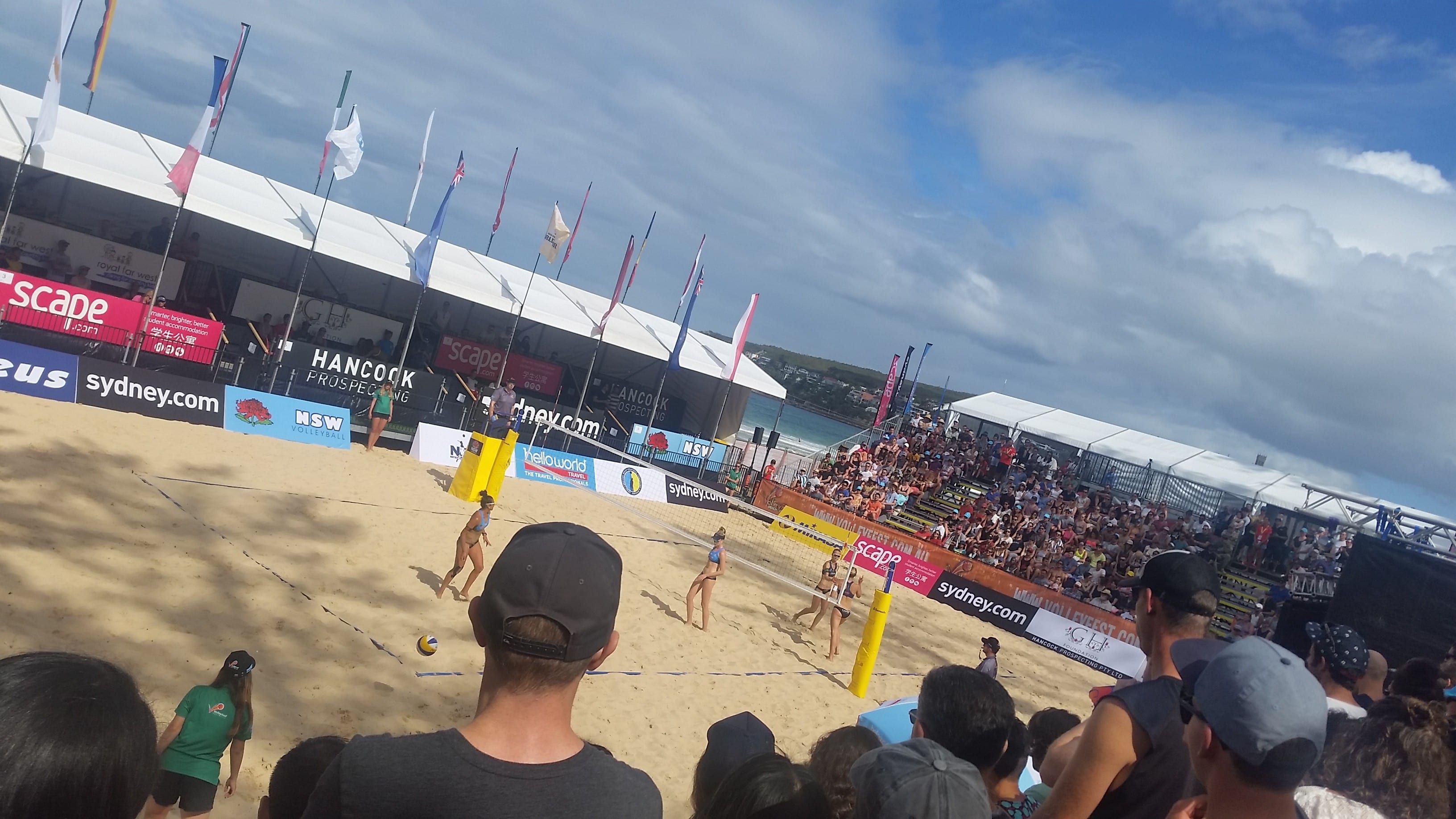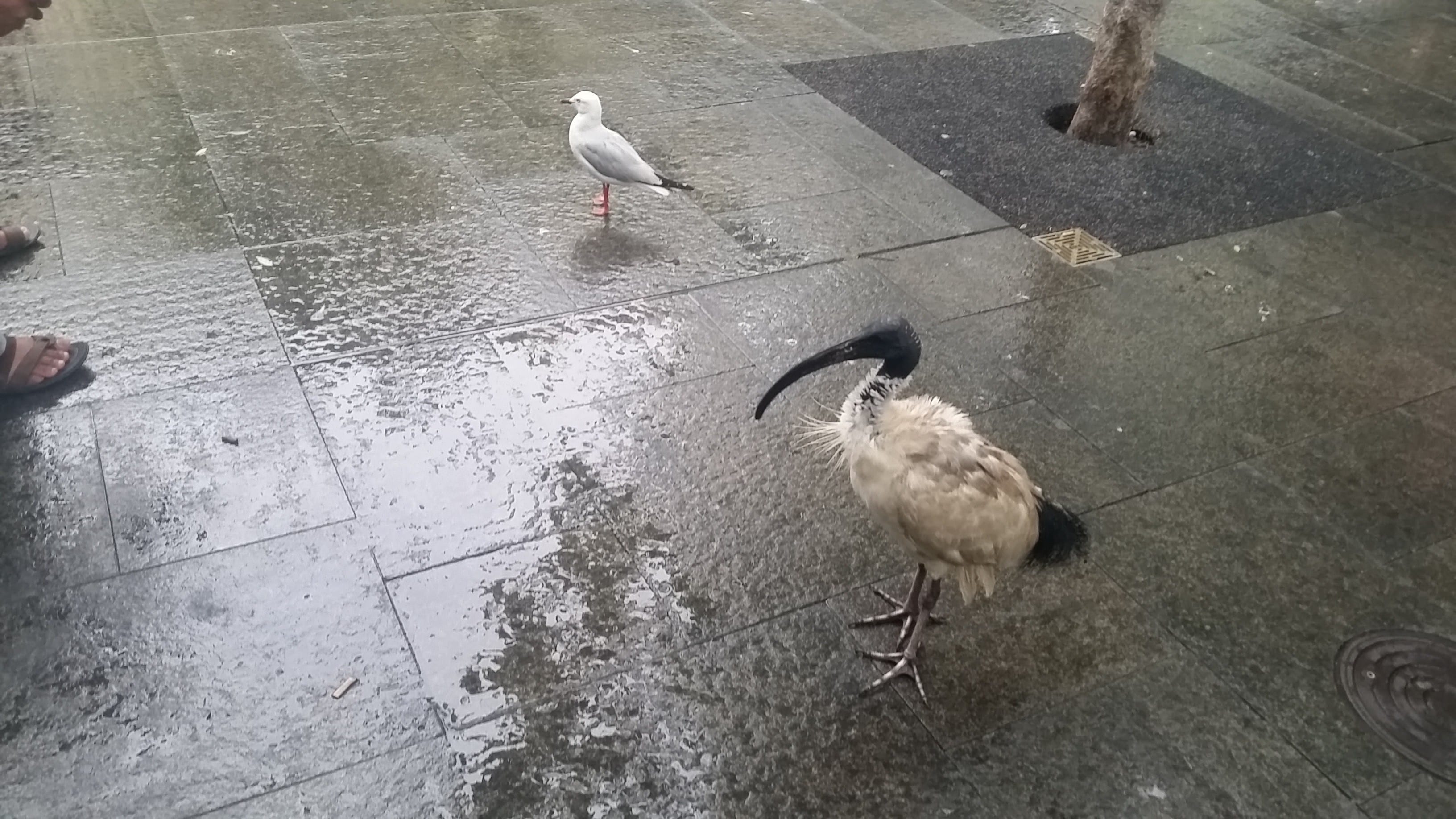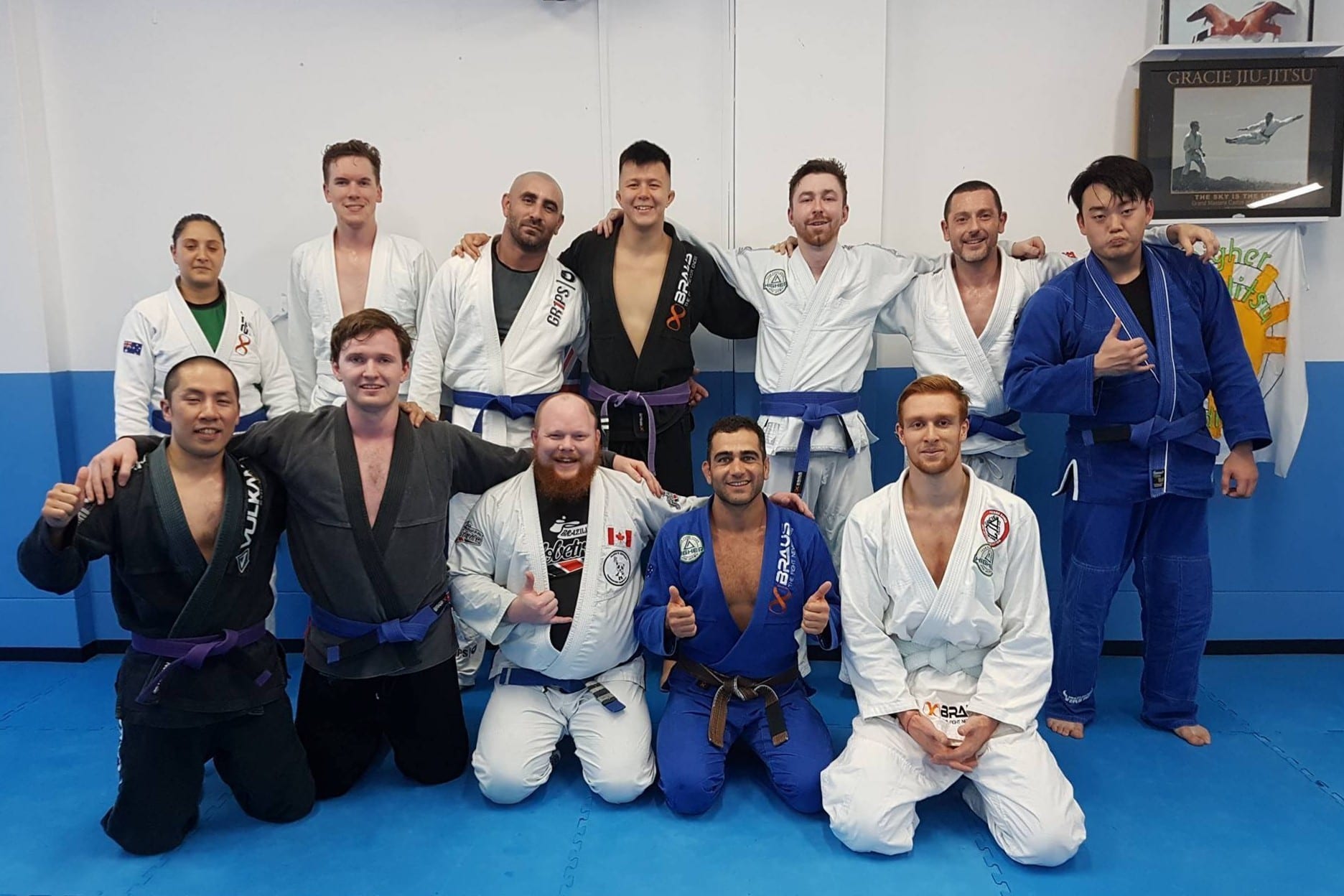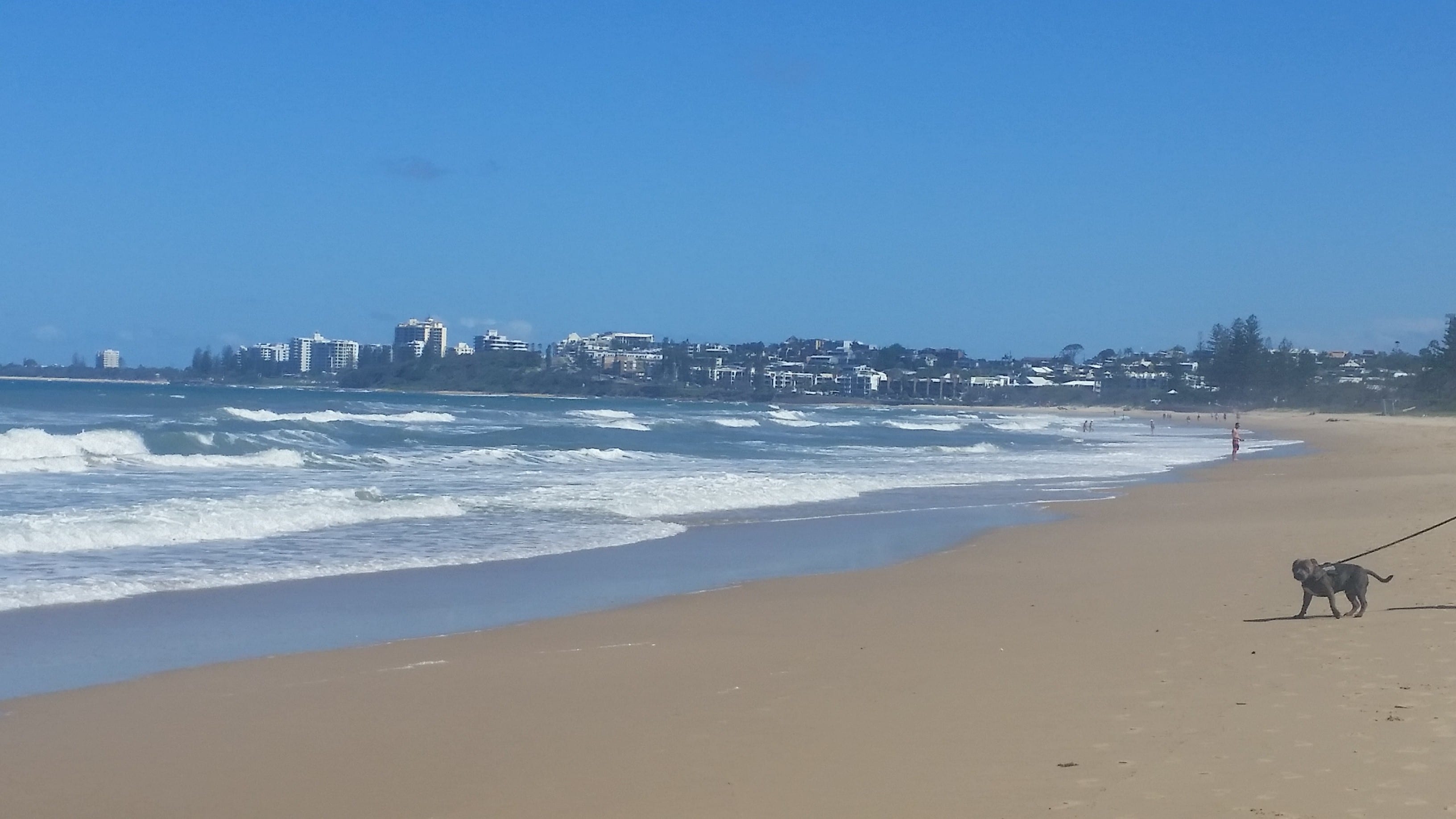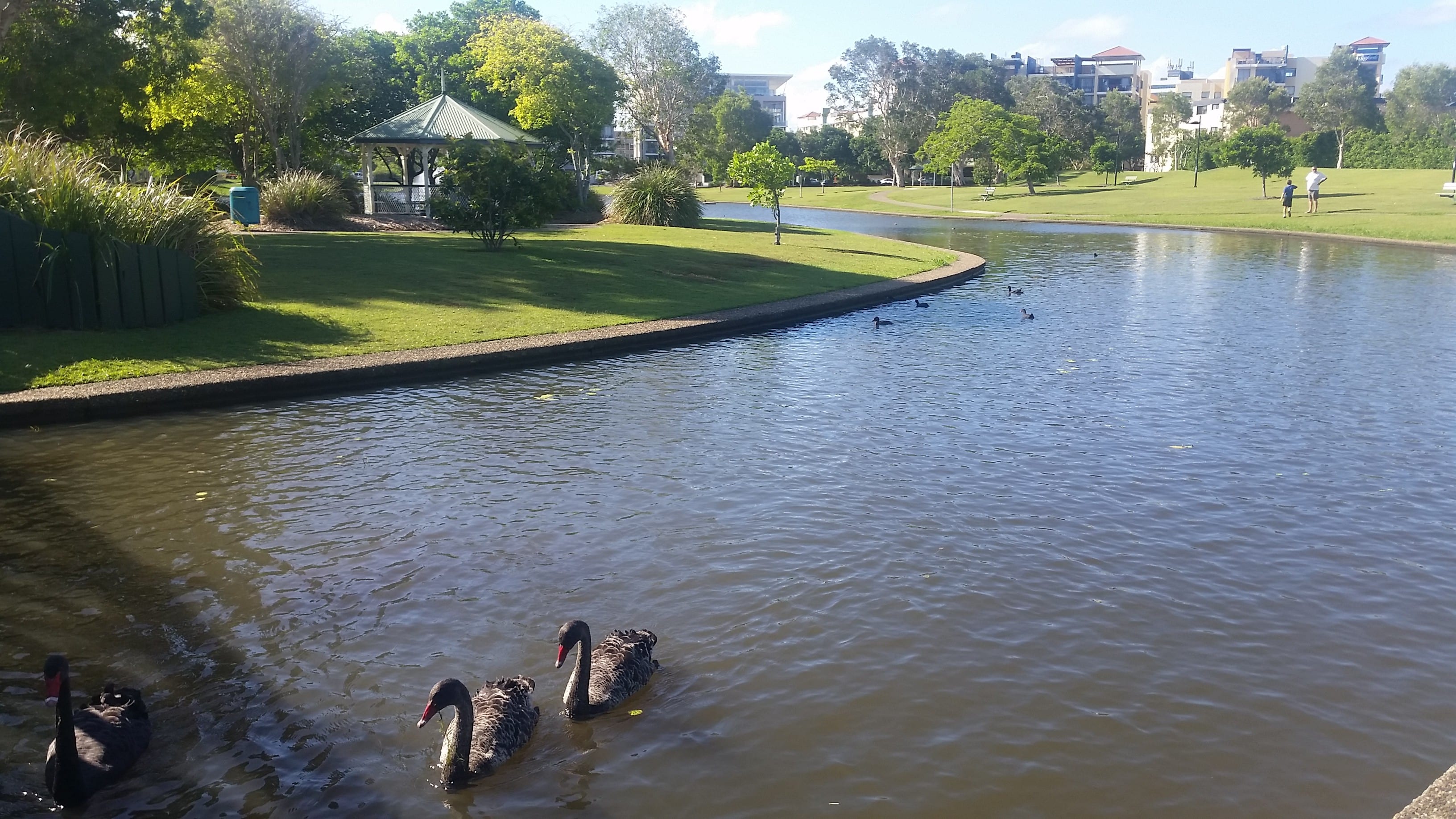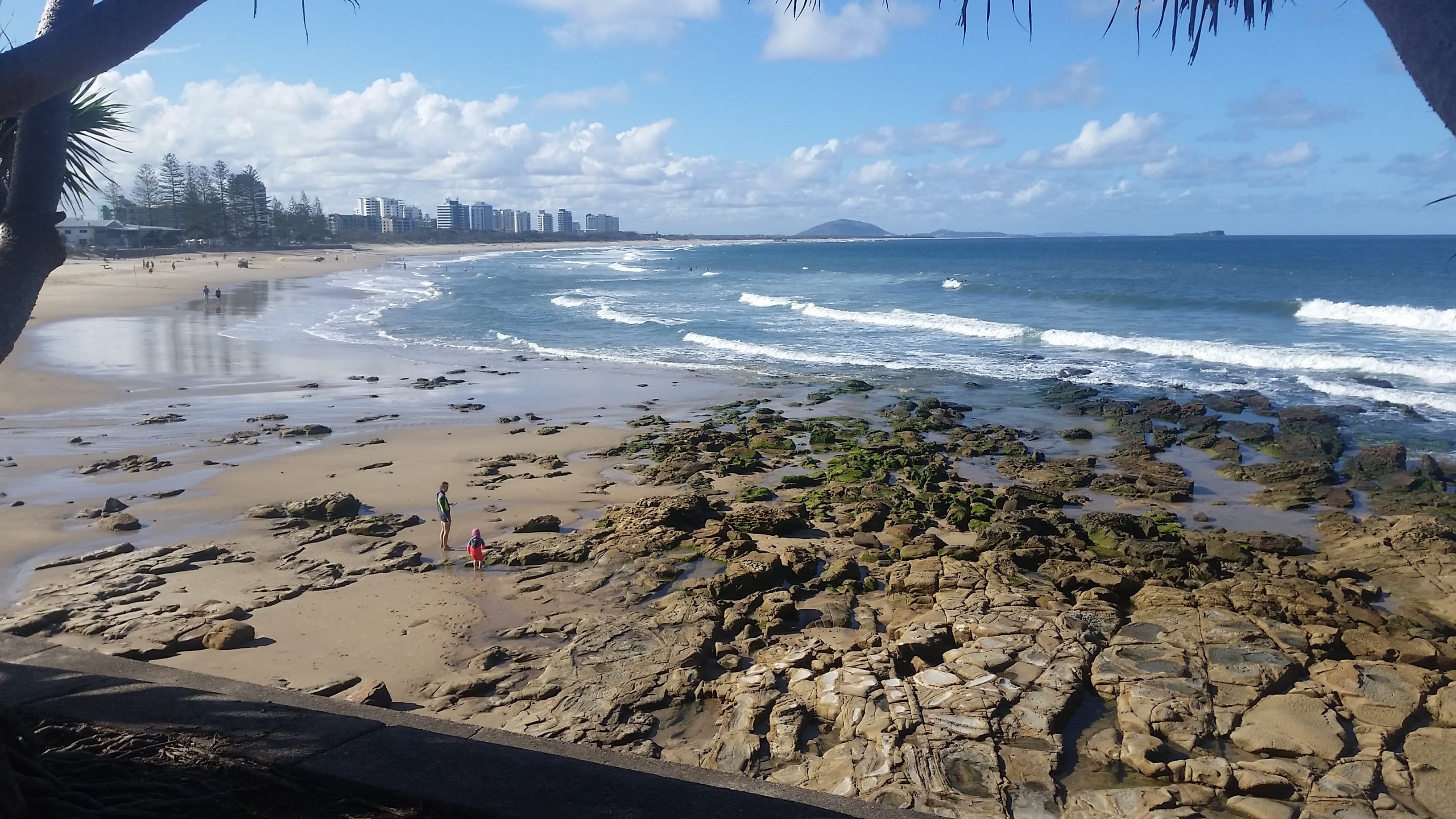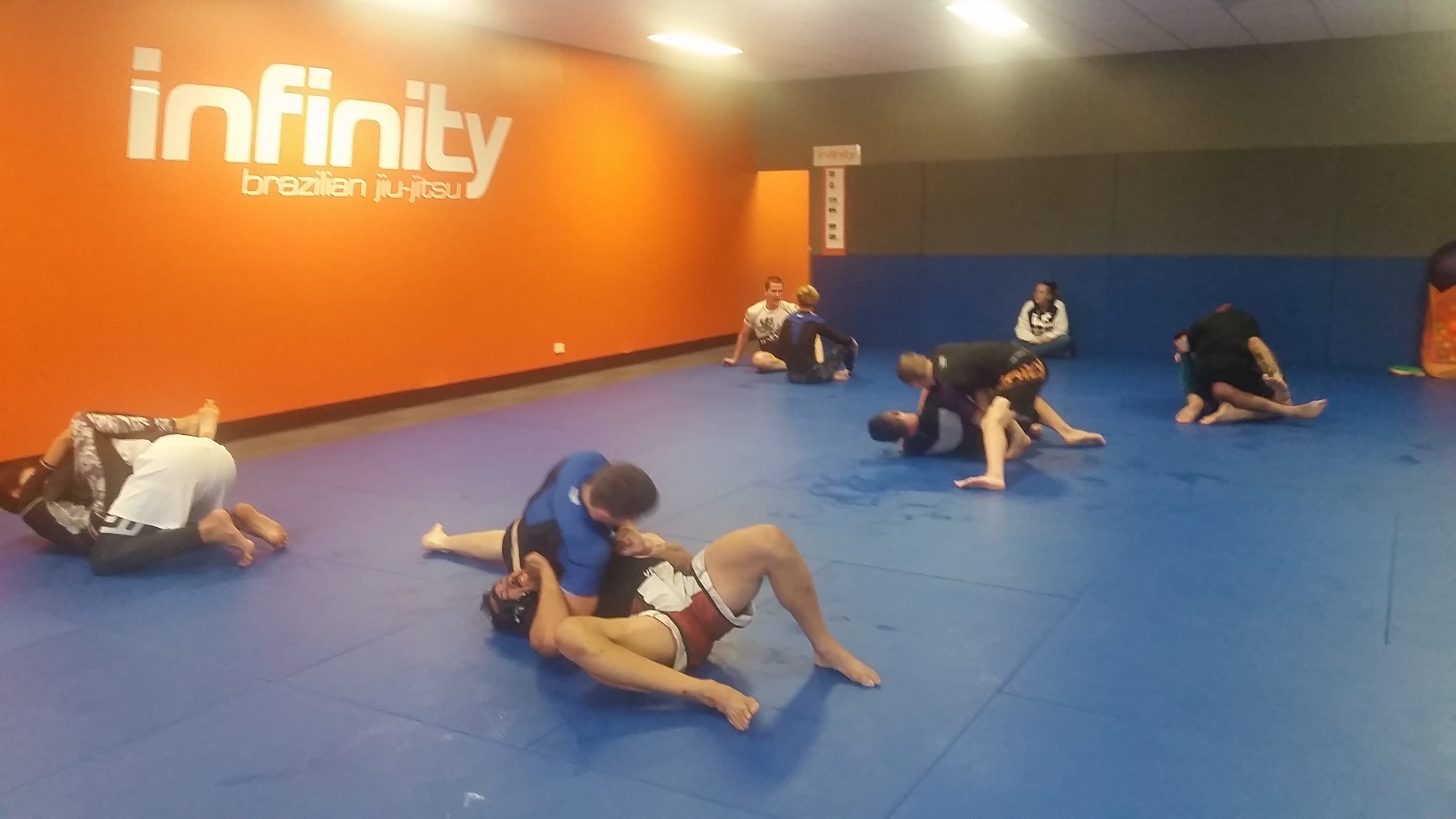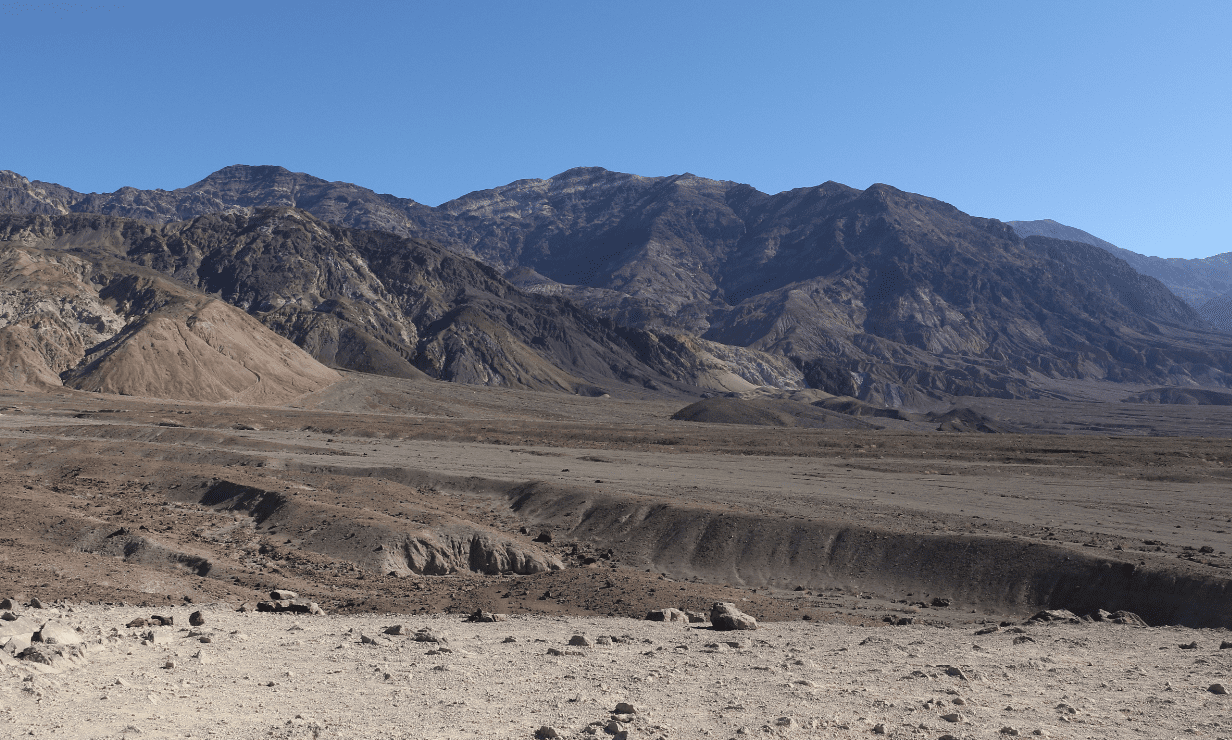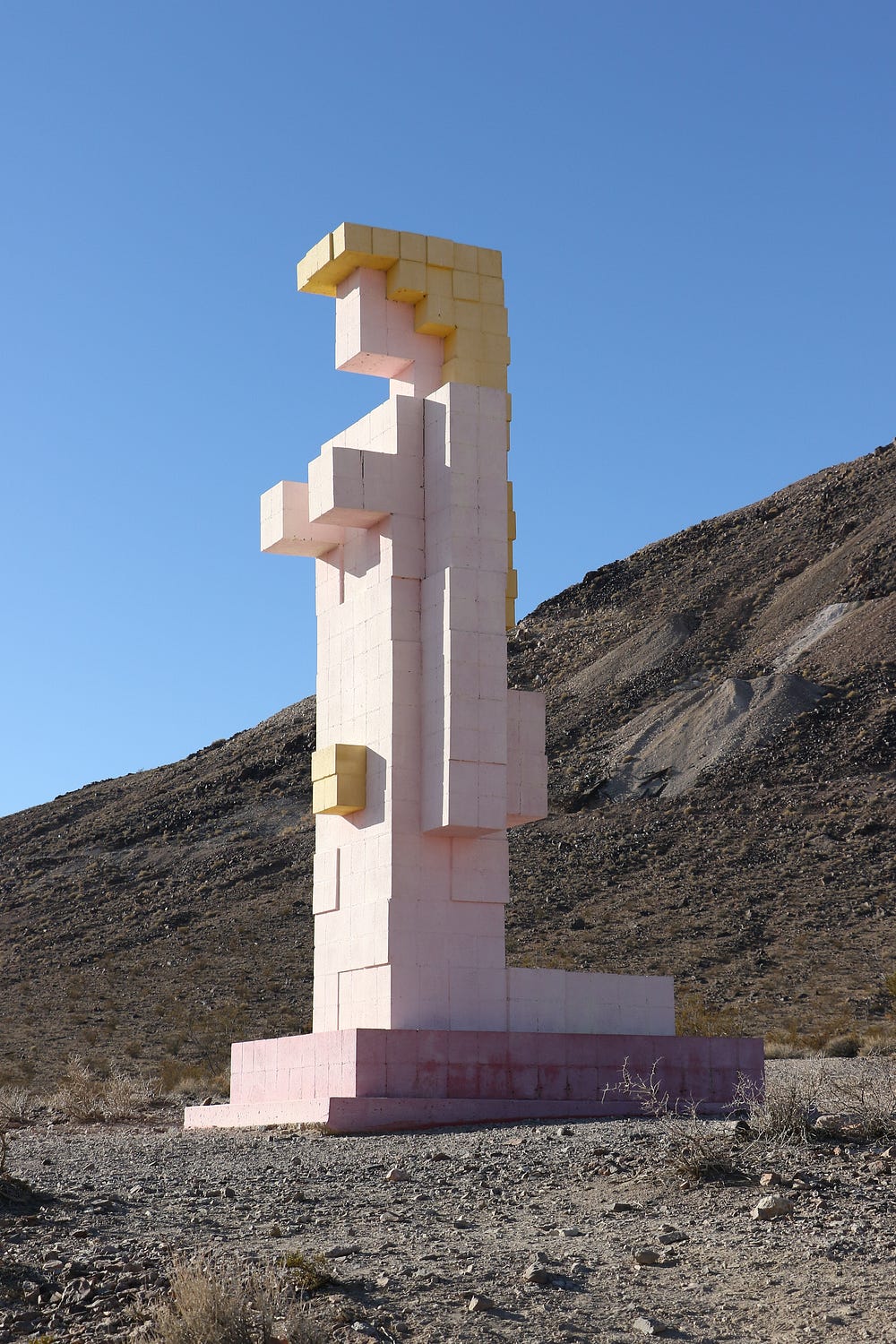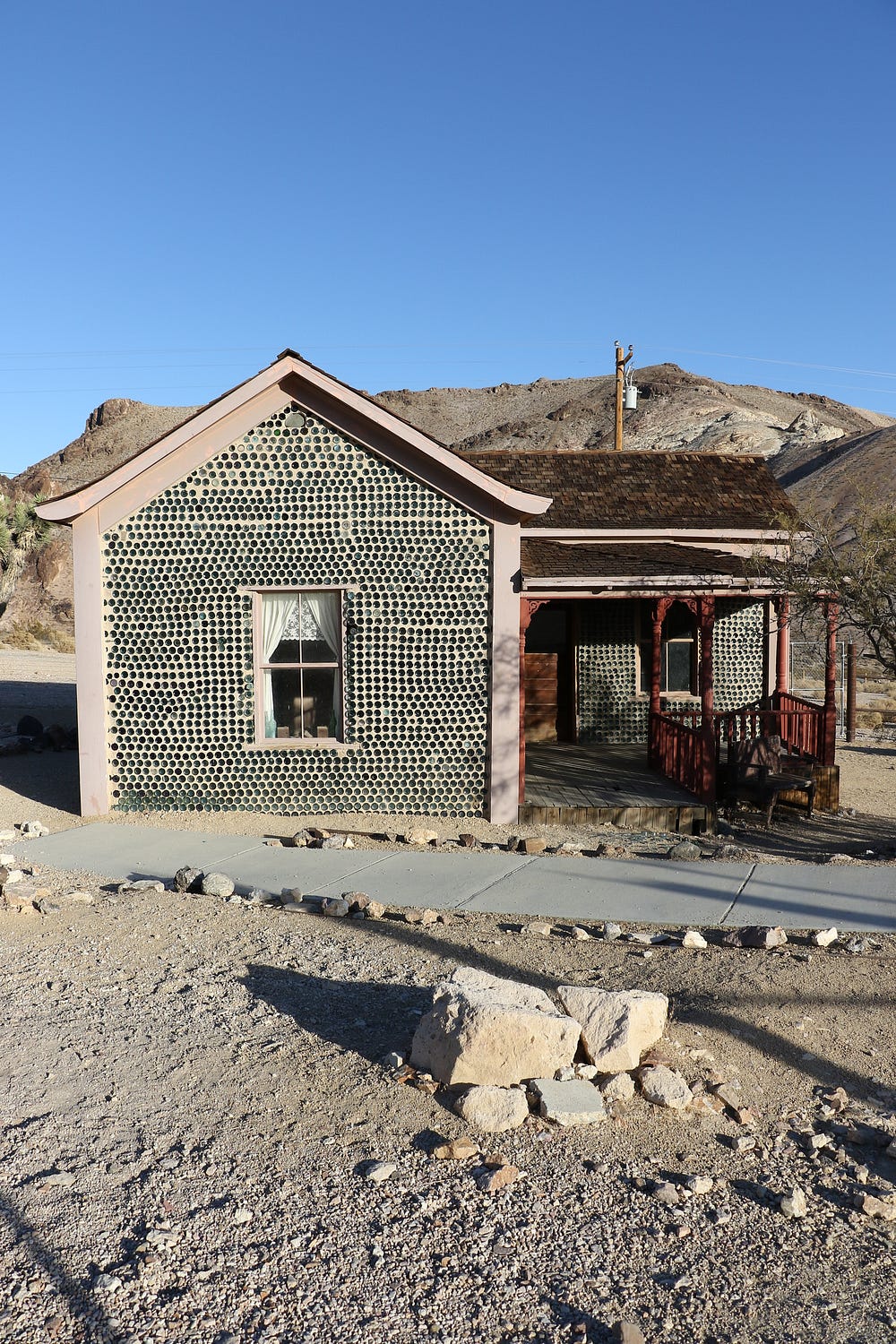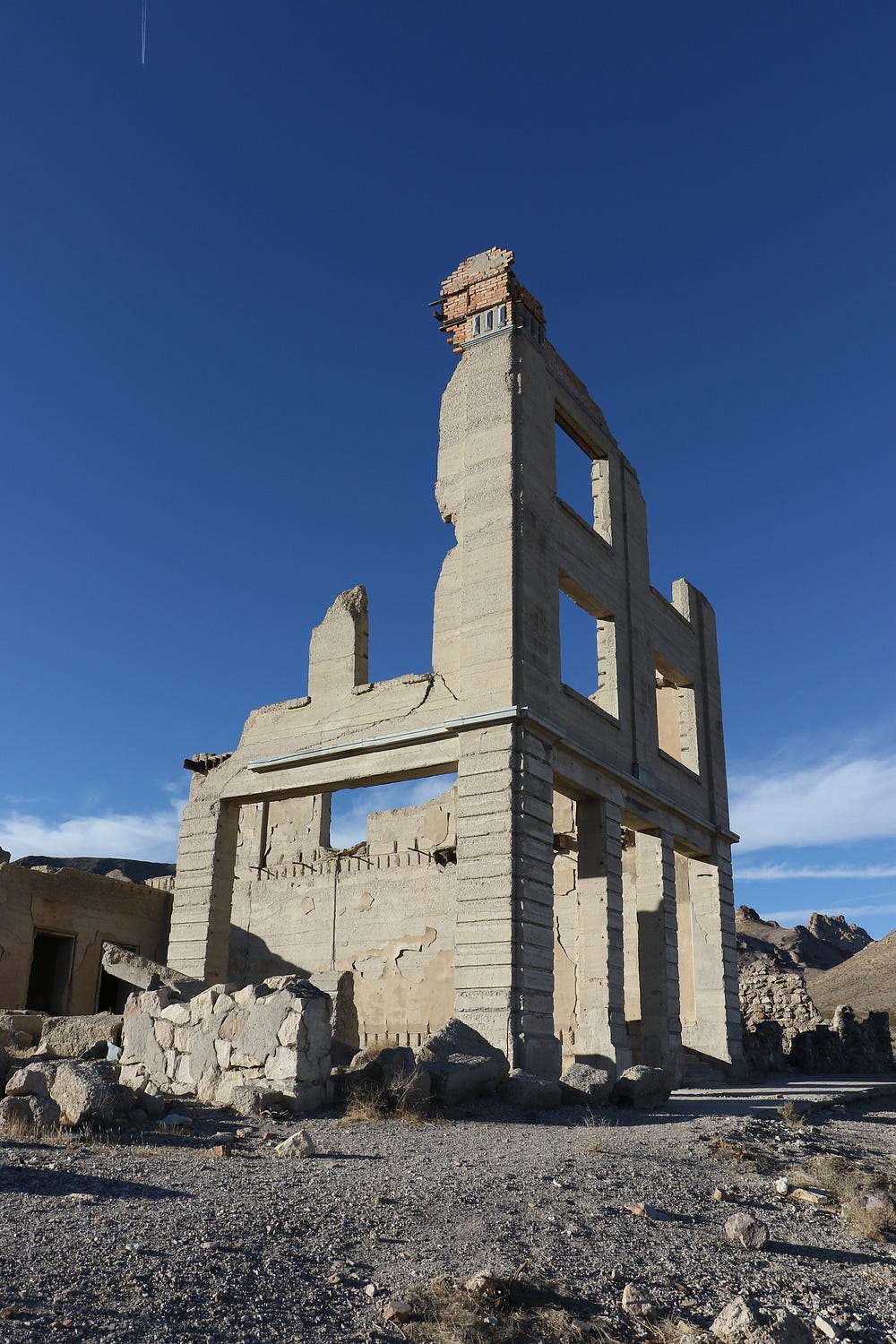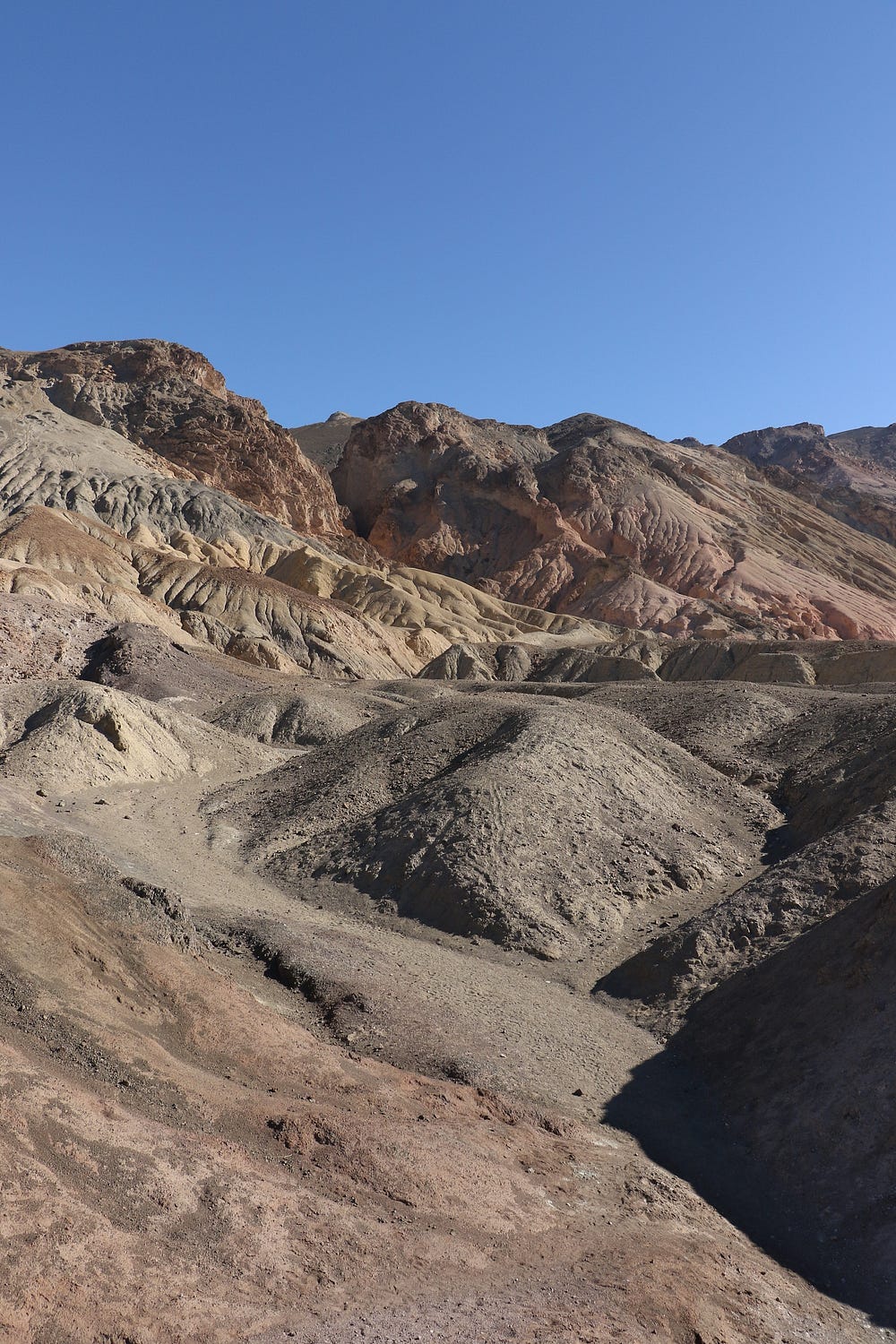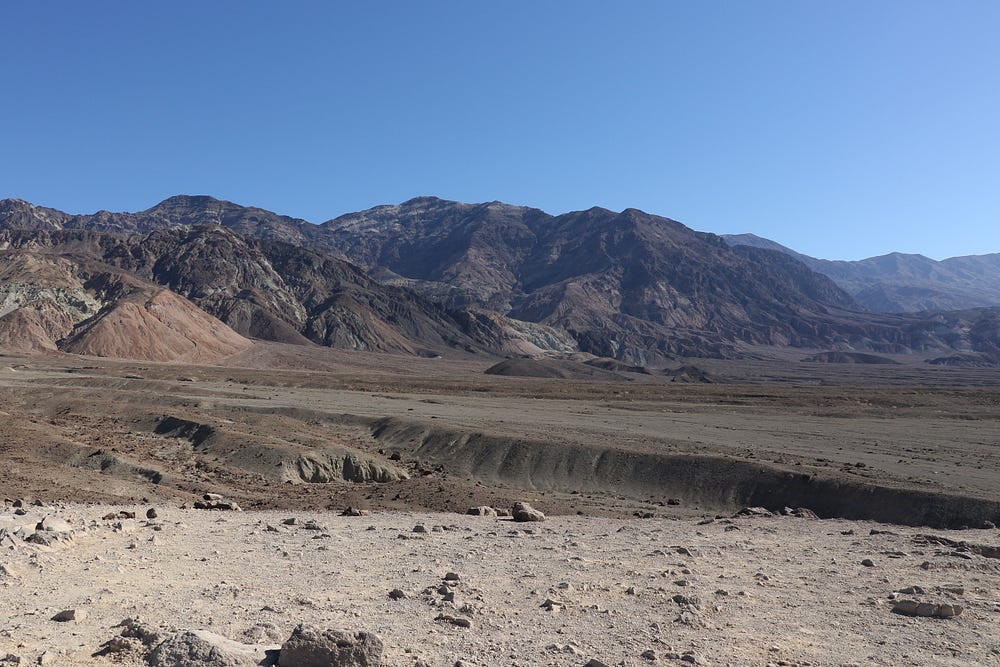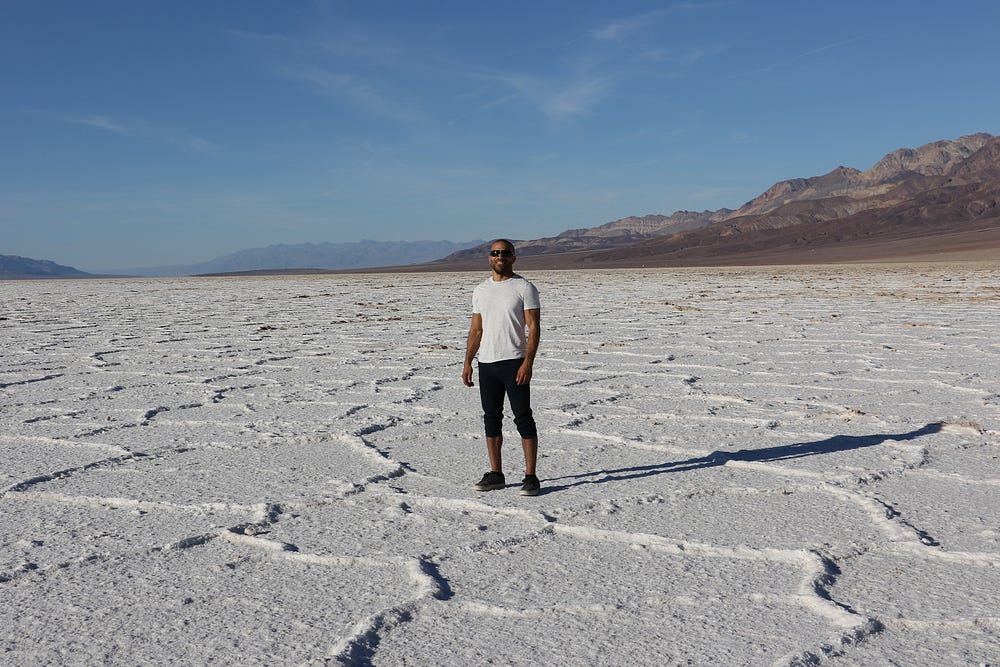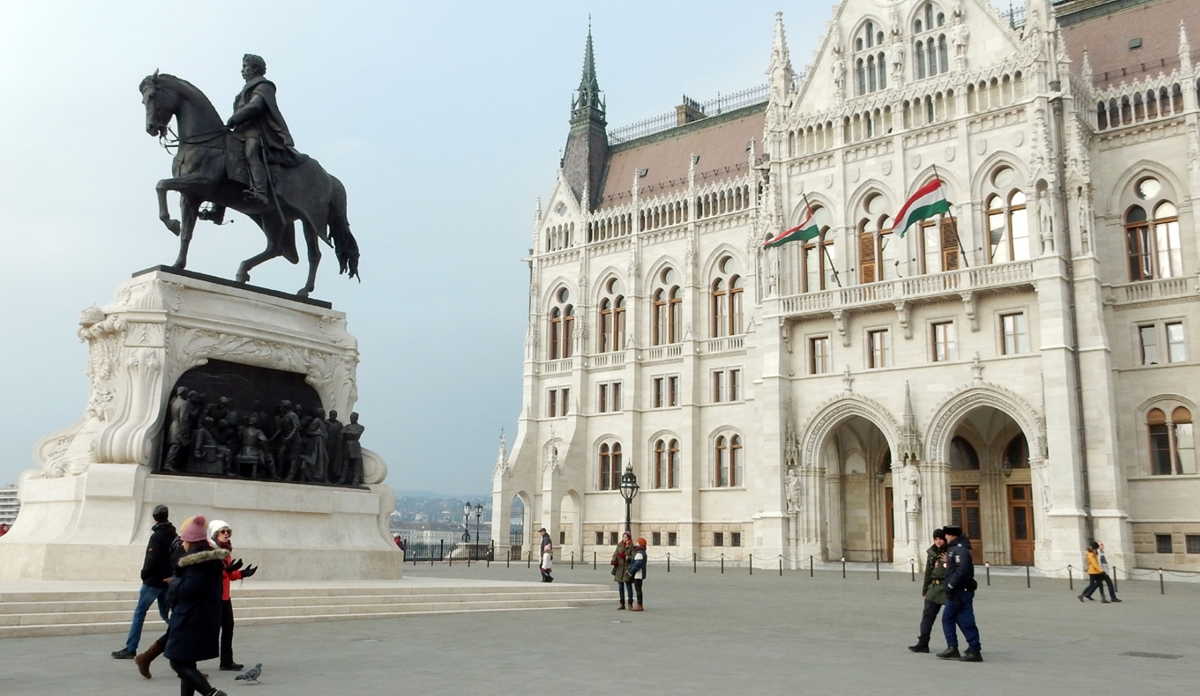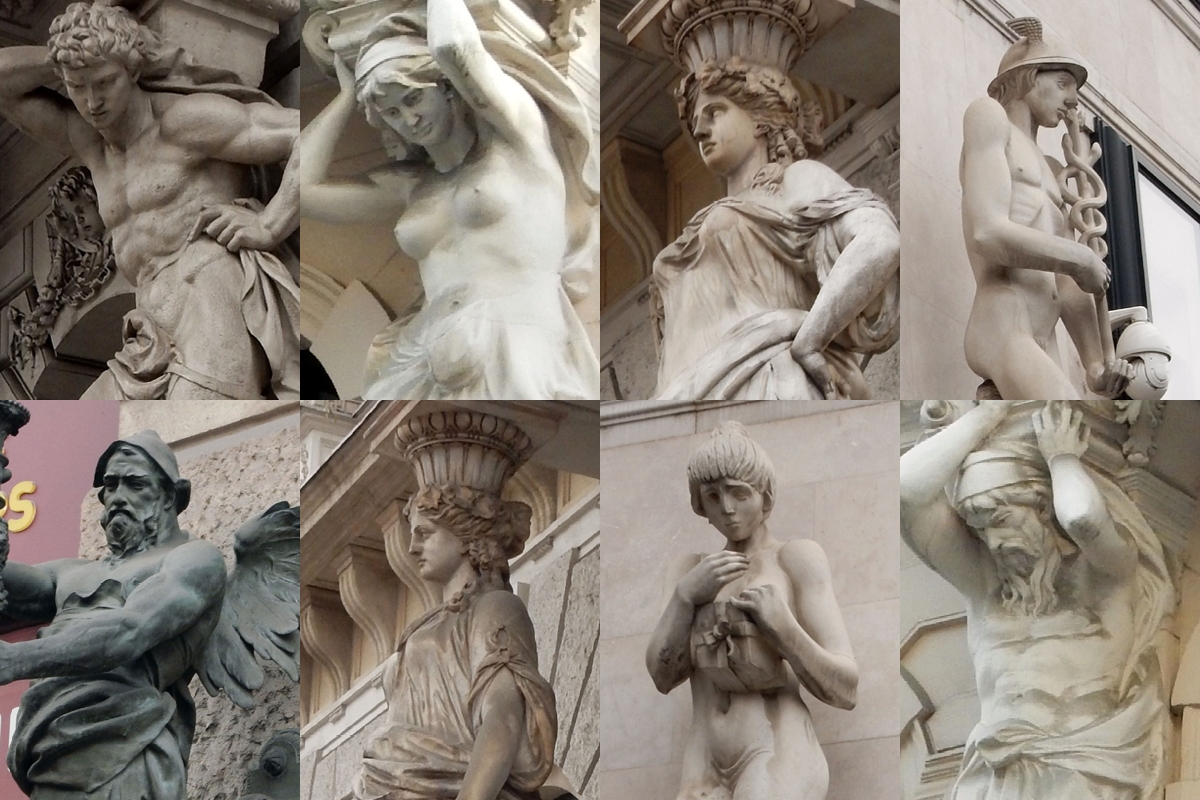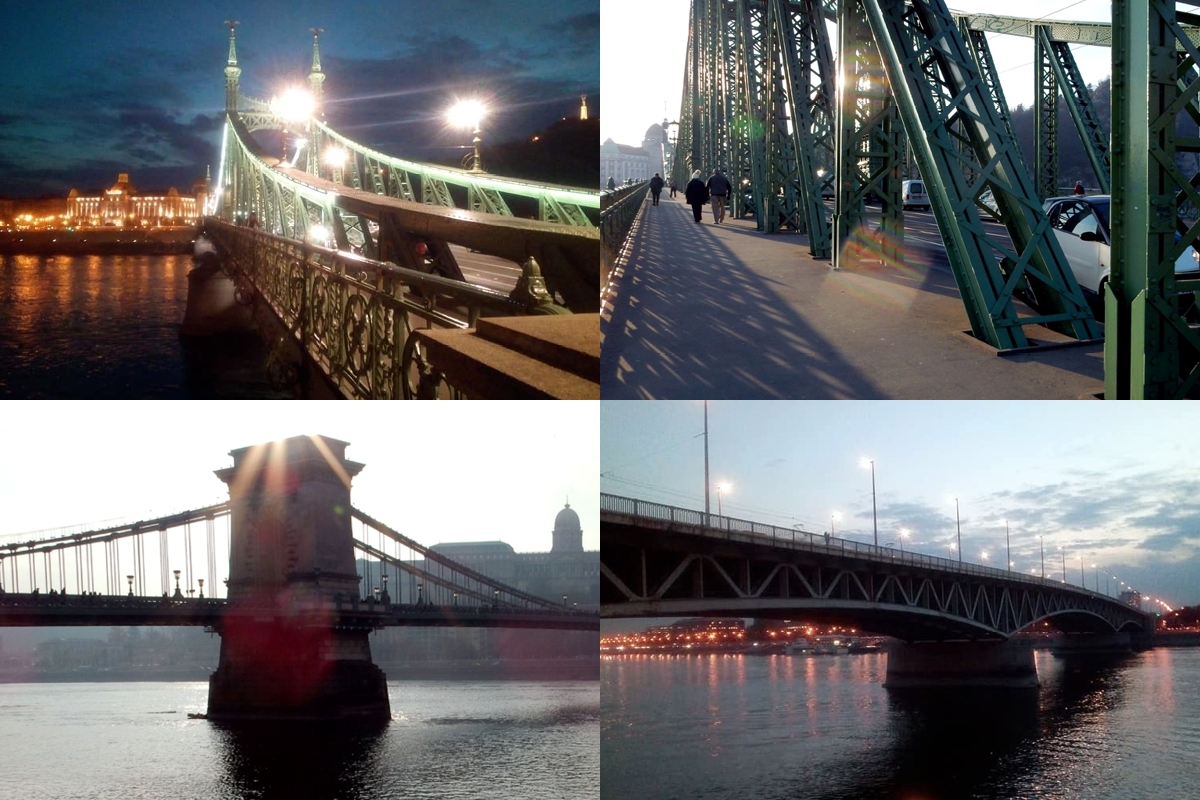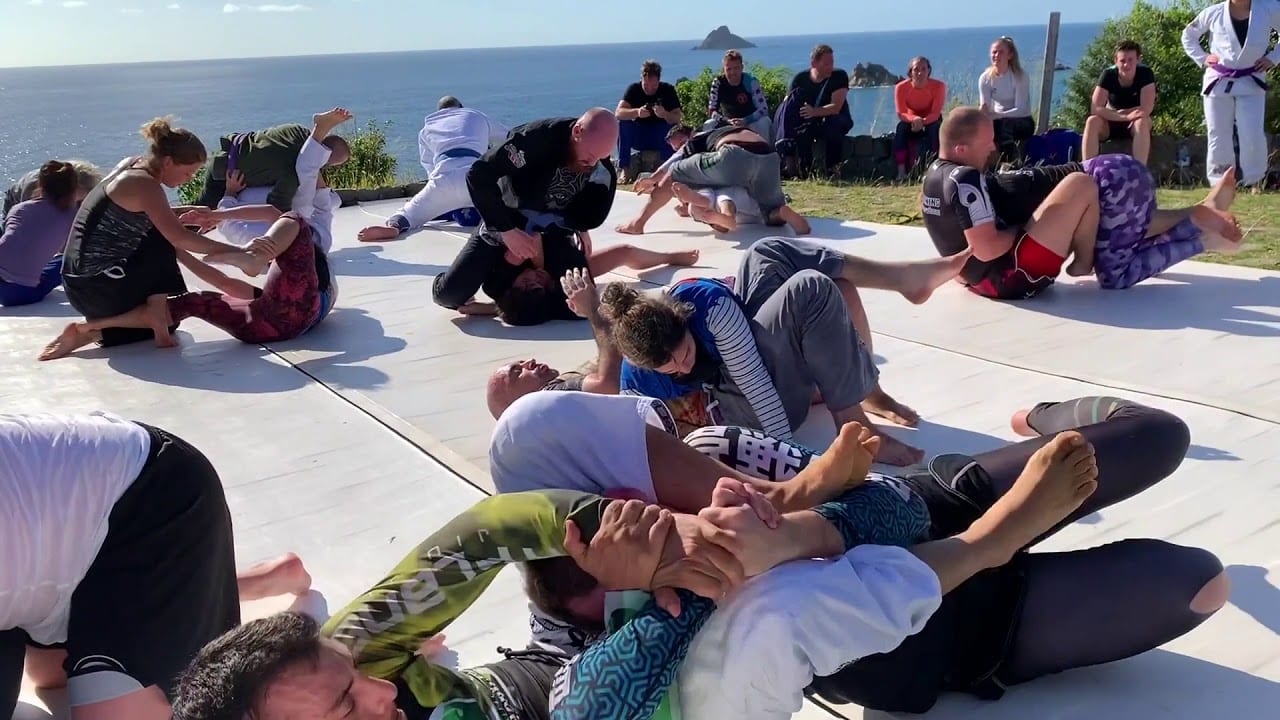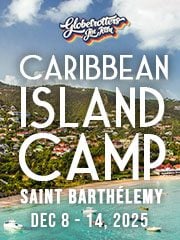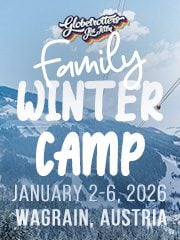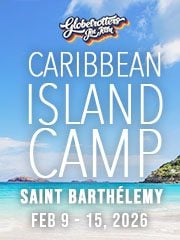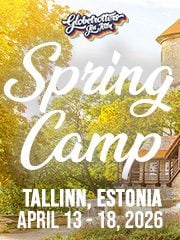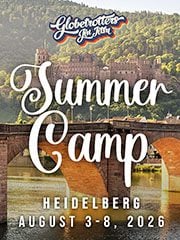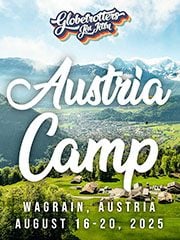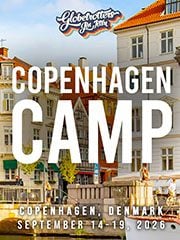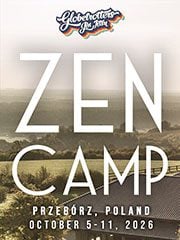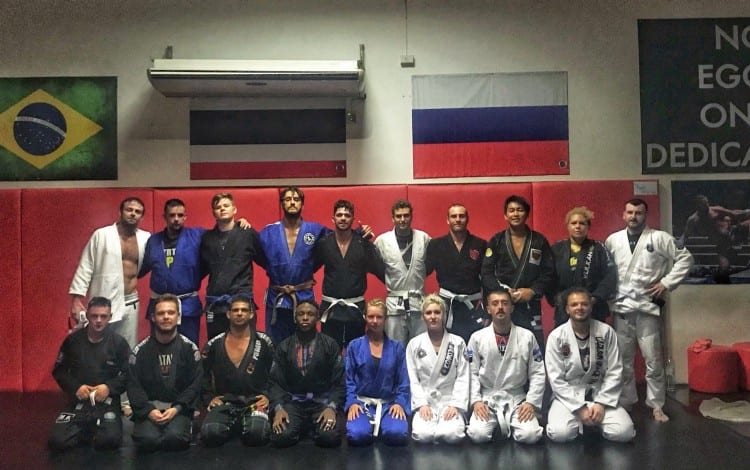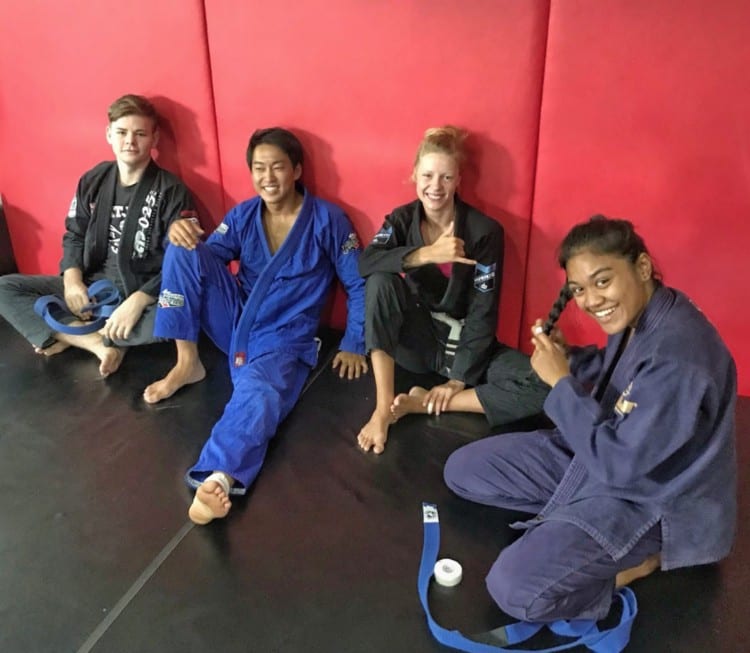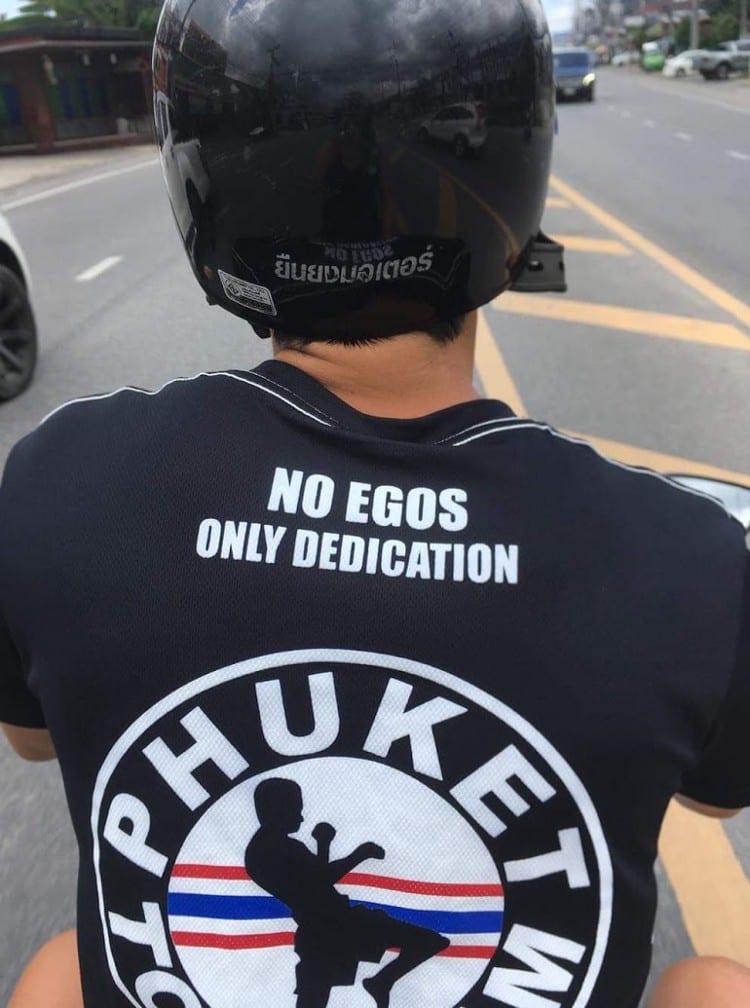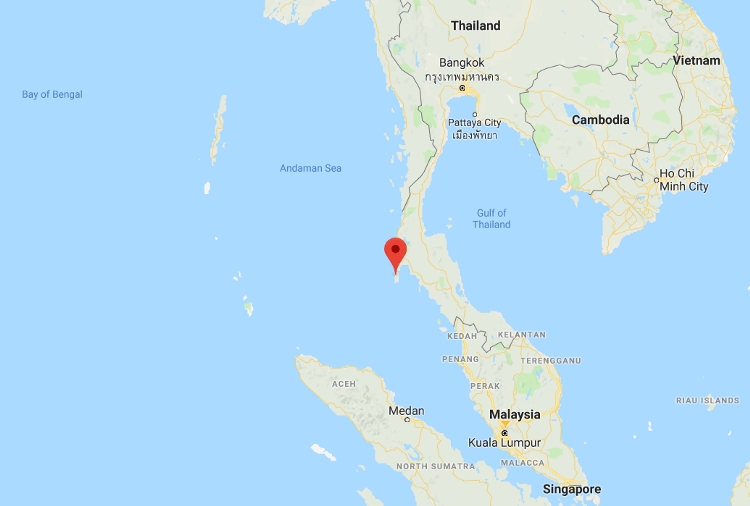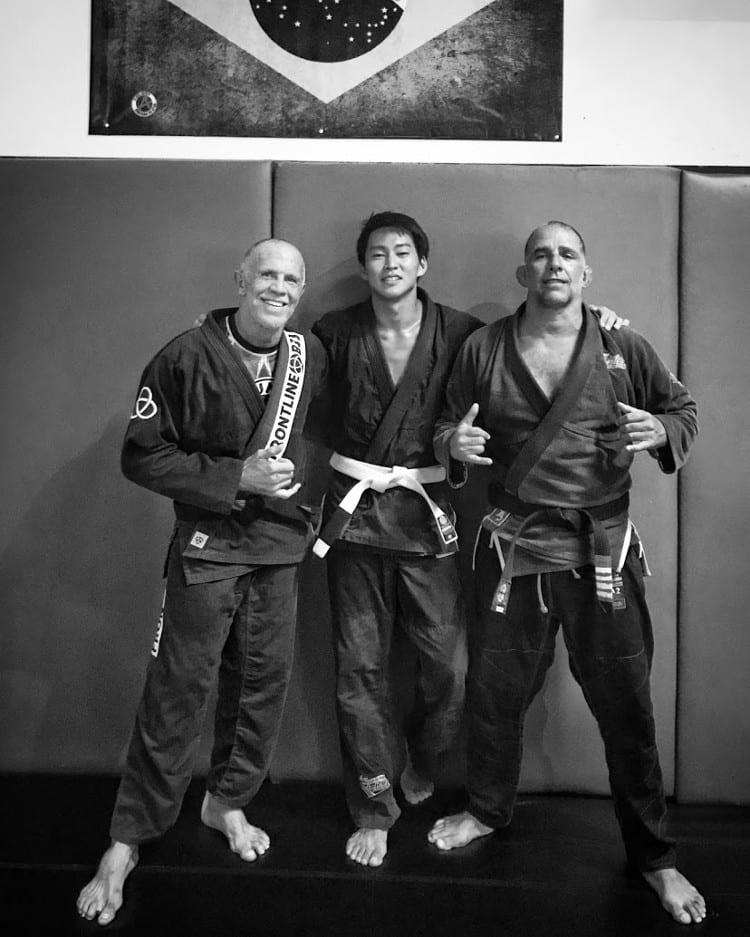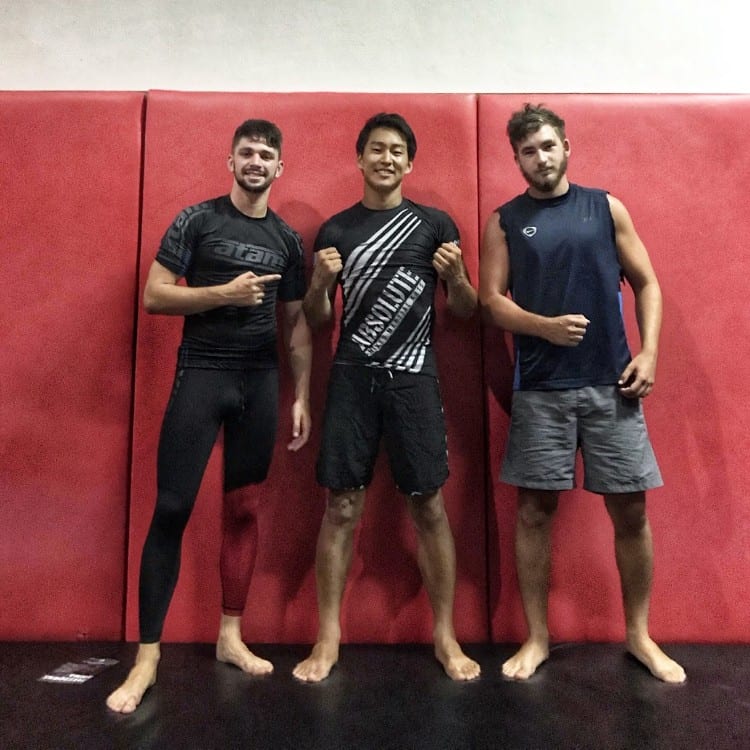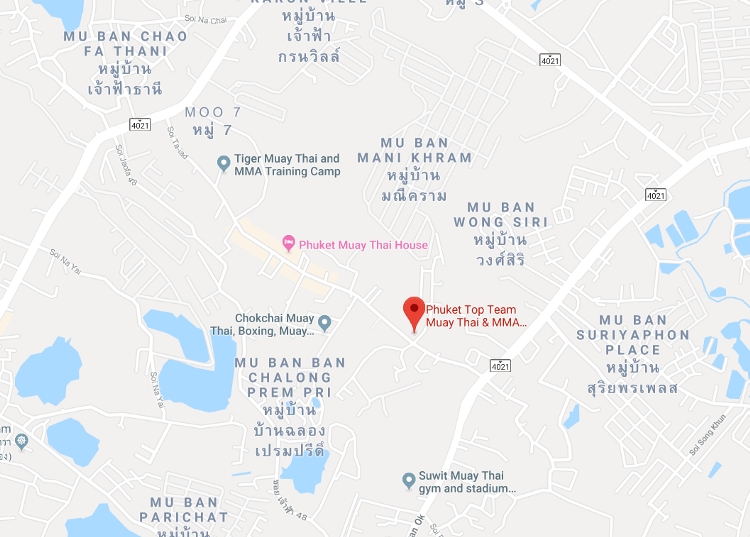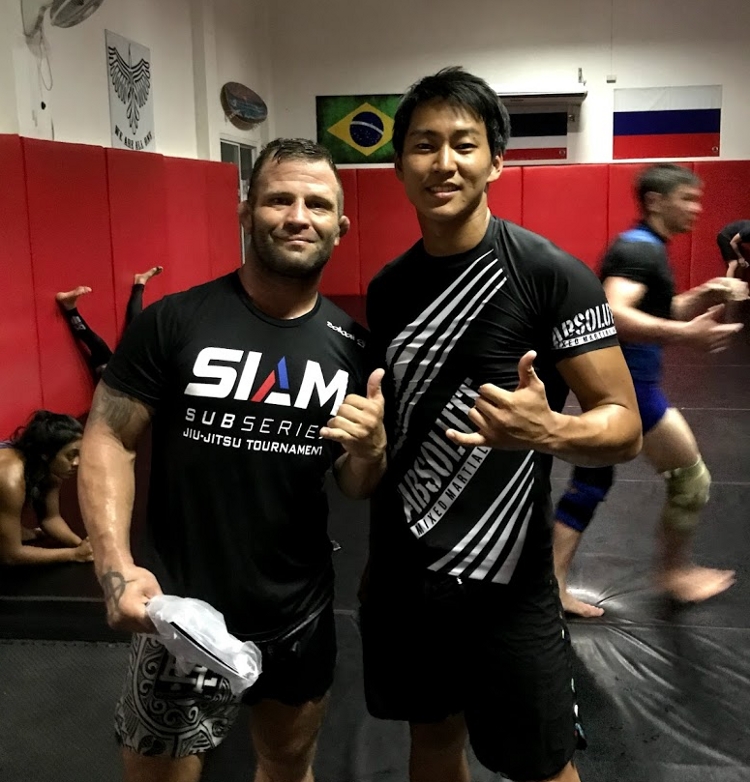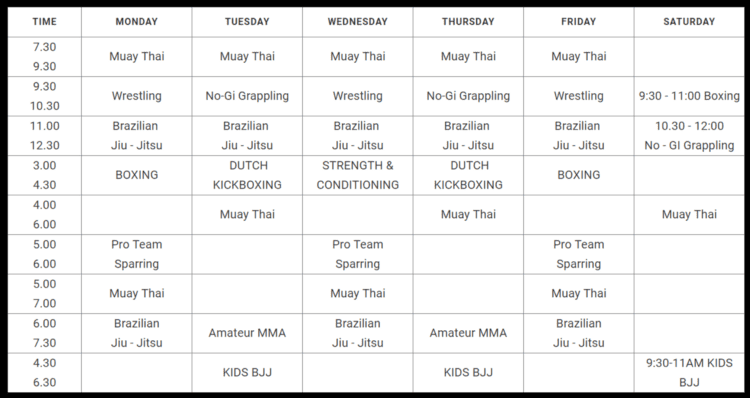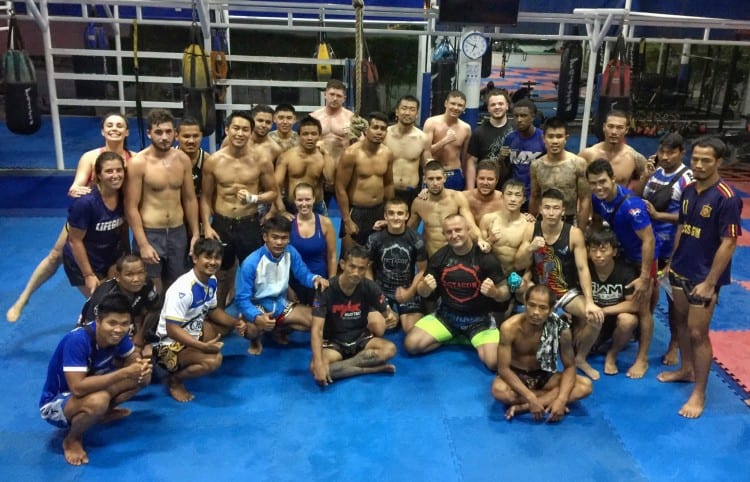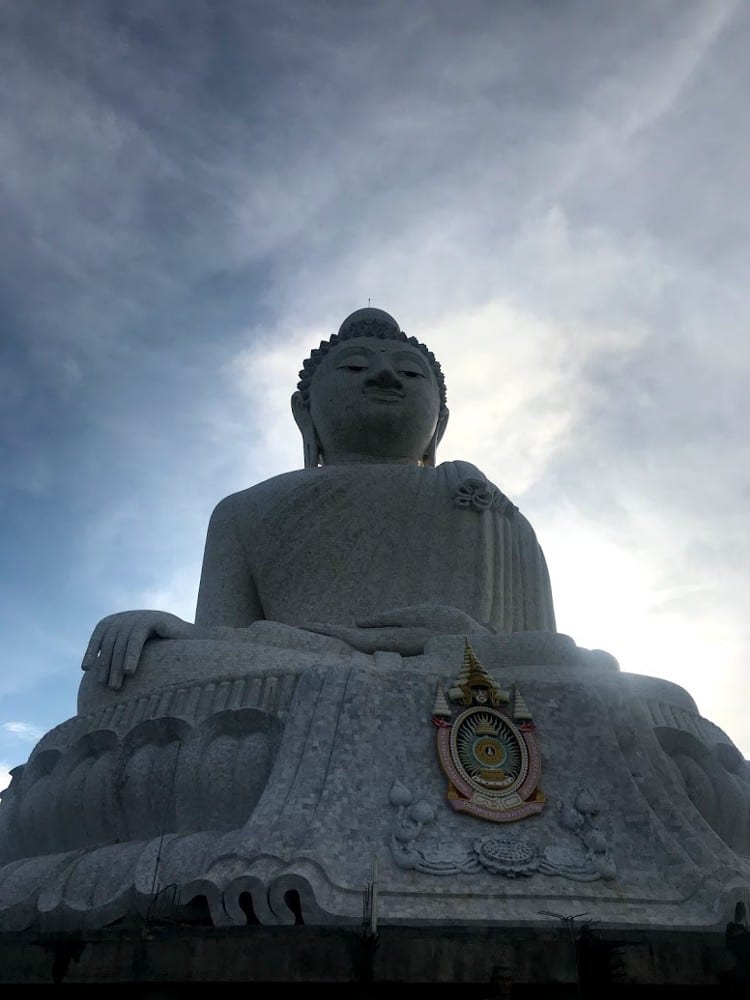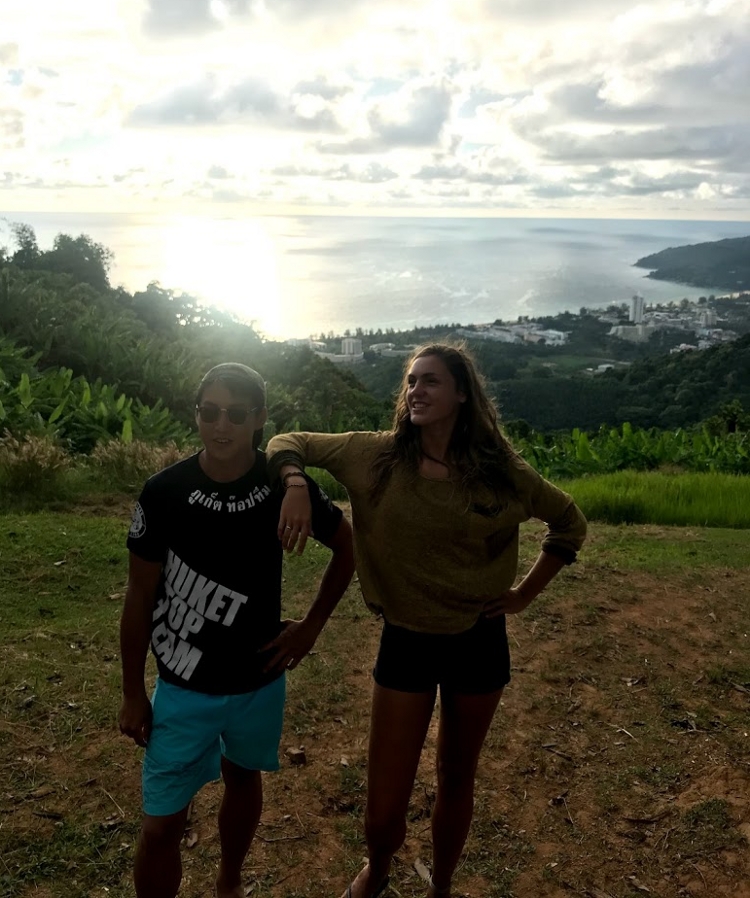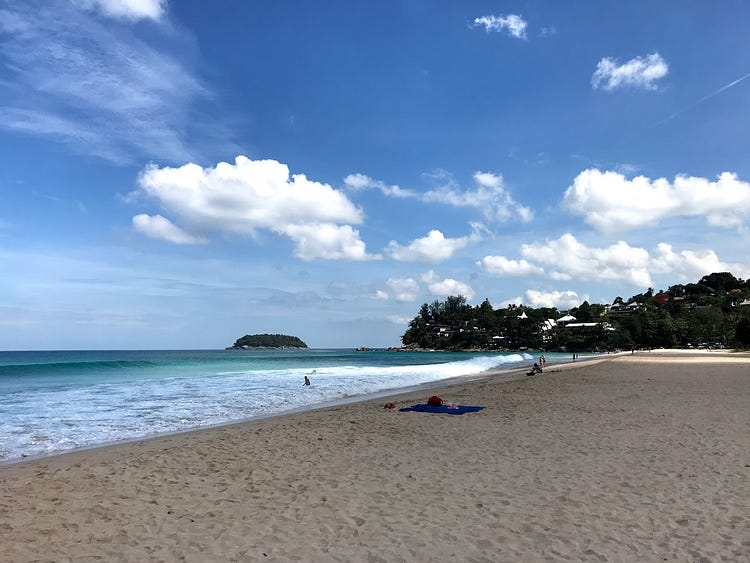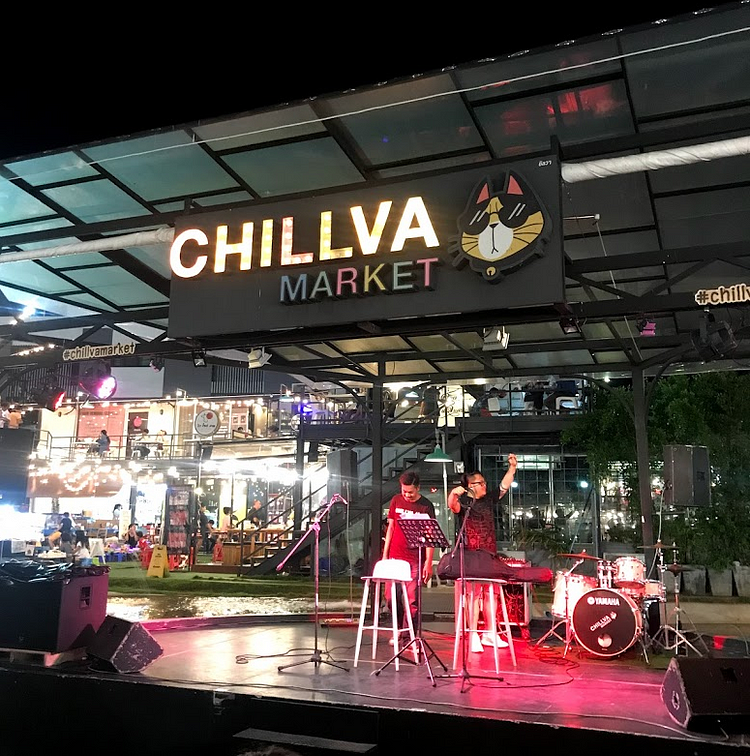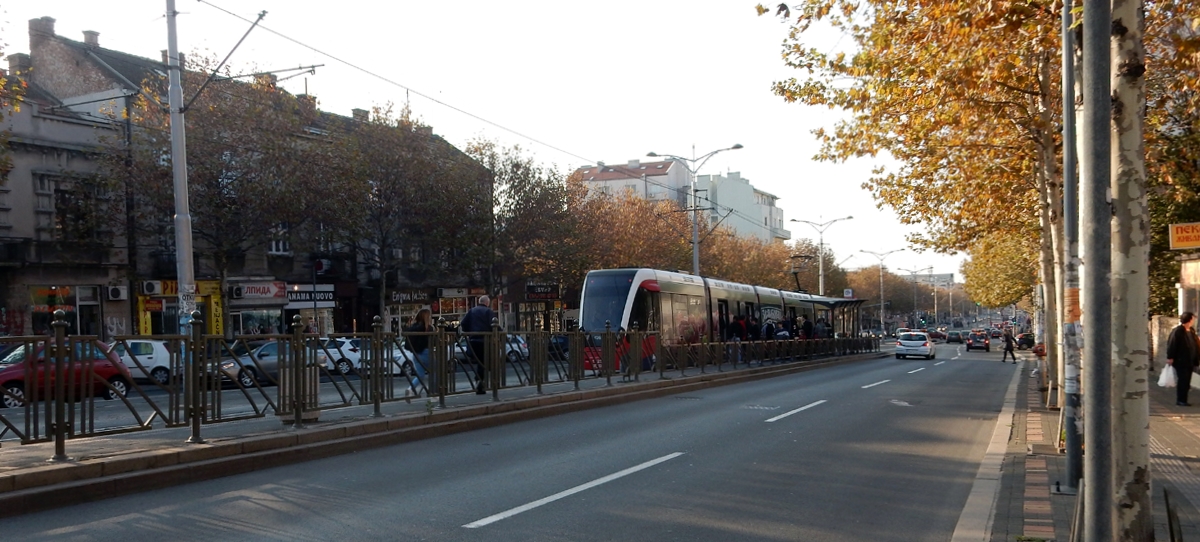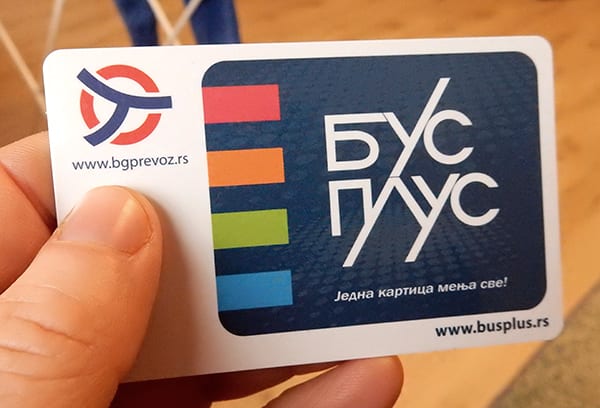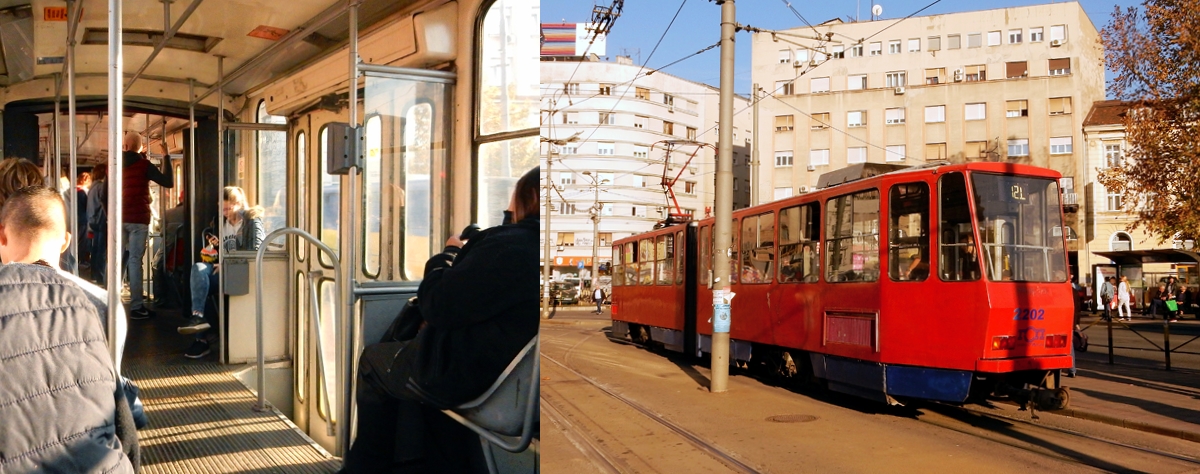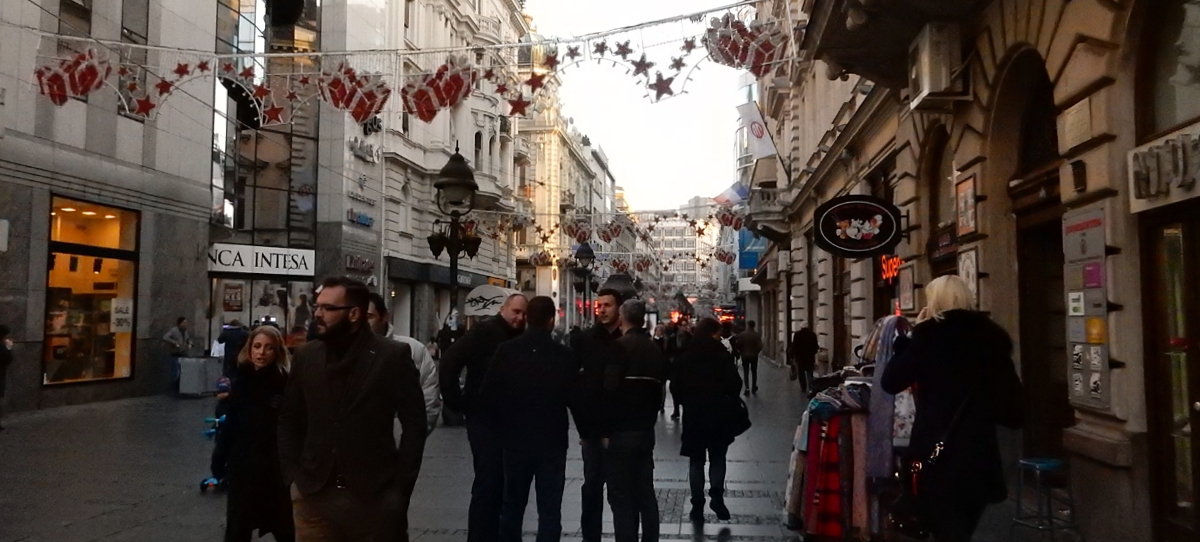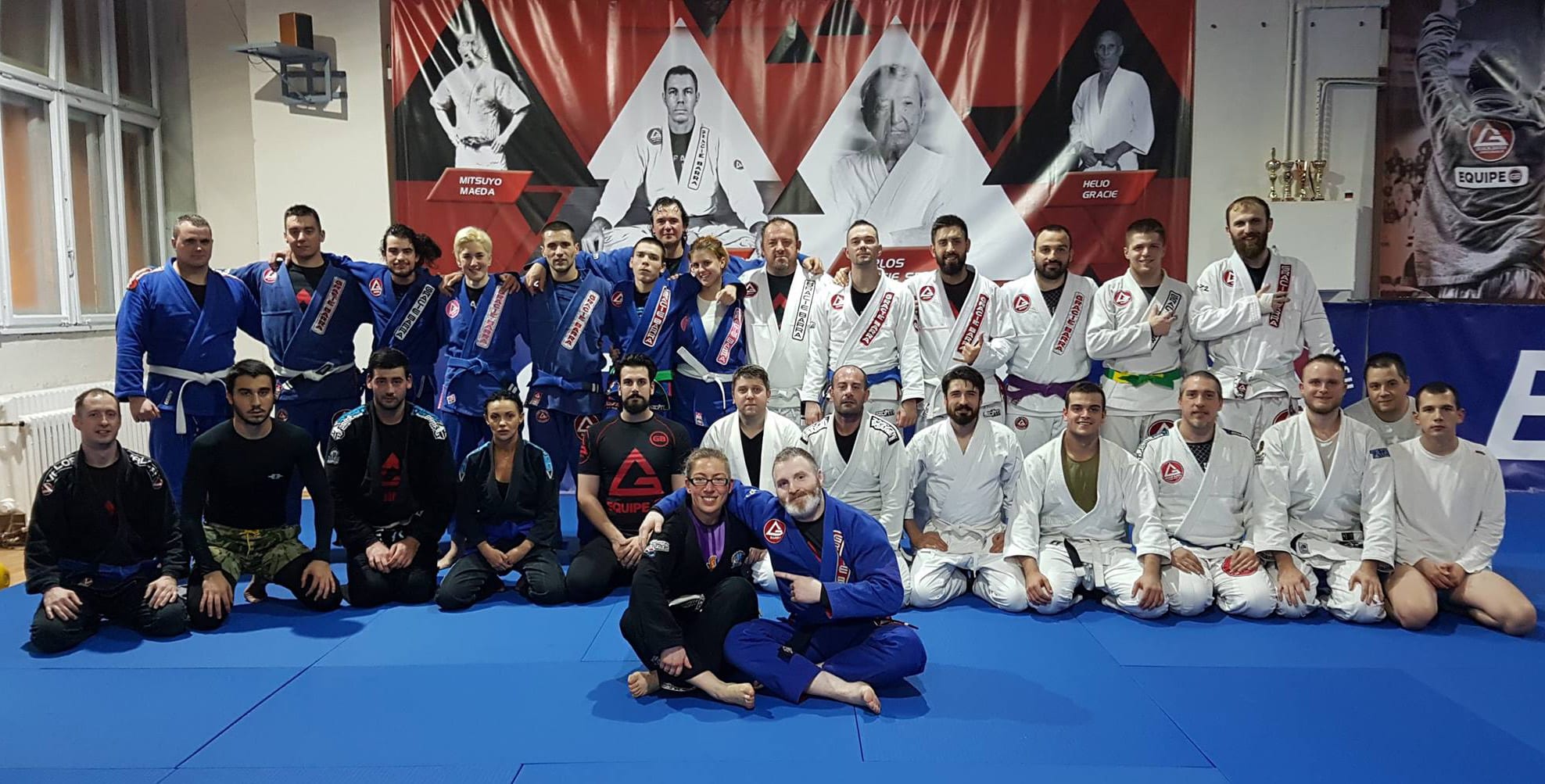Sydney & Sunshine Coast Australia
Greetings From Sydney & Sunshine Coast Australia (14-25 Nov 2017)!
Here are the last two stops I had in Australia, polar opposites to each other but both packed with adventures. I had my lowest points of traveling through Australia that at one point had me thinking in Sydney “Screw this shitty place I’m never coming back” and then followed it by the most glorious high points that made me think “I love it here, I want to move here now!”. But that is the way of traveling, never in a straight line, always with twists and turns and highs and lows. So let’s get the low points, or most of them, out of the way, there were few and I’d really like to vent about them right now so I’ll understand if you skip to the awesome pictures and gym write ups below.
Low Points of Traveling
The first low point was the hostel in Sydney, the worst hostel I’ve stayed at in the entire Odyssey. First I will say I’ve been really lucky with where I’ve stayed while traveling, all thanks to Booking.com and using the filters and ratings they have. Unfortunately nothing is 100% and sometimes shit holes like the Kanga House Backpackers get through. I’ve experienced places that maybe weren’t nice aesthetically speaking but had everything I needed, if even the showers were shoddy and ugly. I’ve also experienced places that were beautiful and had all amenities but were just not geared to my type of crowd, overrun by college or expat party animals making it more a dorm than a hostel. But the Kanga House Backpackers ended up being so far off from it’s rating and description that I quickly found out I had run into dealing with both problems, a run down cockroach infested shit hole filled with drug fueled party people who were also the staff. The first night it wasn’t so bad and I figured I could put up with it, each night got worse and worse until finally one night the staff were up doing drugs and drinking and blarring music loudly throughout the entire place all night. Then it happened, a cockroach, one of many I had seen skitter across the floors and walls, fell off the ceiling, right onto my face while I was trying to sleep. Fuck that, I was done!
I already wrote about the kitchen spaces being overrun by packs of people living at the hostel while working (il)legally in the past article, this was even worse as they treated it like it was their own place. They were claiming all utensils and pots to cook then leaving a whole mess all over the space for whoever was on duty to clean so the place was constantly a mess and unable to cook in. The owner would drop by each day for about an hour to see how much money she was making then leave again without actually looking after the place, it was a total shit show. I checked out early, used the credit I had on Expedia and only paid an extra $20 from what the night at this hell hole costed to check into a proper hotel. I grabbed some pizza from Dominos across the street from the hotel, had a long hot shower to get the dirty feeling from staying at such a place, and relaxed on the bed watching movies for my last night in Sydney in an attempt to balance out the stress and negativity the Kanga House had inflicted on this stop. I put a very negative review on Booking.com and even had someone like and find my review helpful, but sadly this place is still operational and not getting more negative reviews or lower ratings. Please, if you visit Sydney and are looking to stay at the hostel, not matter how much extra you have to spend, DO NOT STAY KANGA HOUSE BACKPACKERS!!
I would love to say that was the only real low point to my visit to Sydney, and really other than it being expensive and having an unpleasant experience at a gym, which I will get into later, Sydney was a fun place to wander about. But leaving Sydney for Brisbane I used a cheap airline, and paid for it. Much like Europe there are some discount airlines where you might find the cheapest ticket but then find out that luggage and checking in and water and every little thing is extra, and they really make you pay. Some times it’s a gamble and you actually find a decent flight that even with the extras it’s still cheaper than a ‘luxury’ ticket. I tend to gamble with this and I had been doing quite well, until I got a ticket with Tiger Airways. Tiger Airways and Jetstar are the cheaper airlines in Australia and the Oceanic region and I had good experiences with Jetstar so how bad could Tiger Airways be? Apparently a lot.
I understand lower costumer service and the staff being just short of unpleasant, after all it’s a budget airline, you didn’t pay for that, the down right underhandedness of entrapping your customers with extra fees is unforgivable though. So I check into my flight, drop off my bag and proceed to the proper gate. While waiting for the gate to open I see the staff standing and talking, then 20 minutes before our take off time, right before opening the gate, they bring out a scale to weigh everyone’s carry on. The woman came over to me and asked to weigh my bag and what do you know, it’s now 1kg (2lbs) over and it will cost me exactly the same as it did to check my entire 25kg bag to carry on my computer bag. She even went as far as to say I could maybe quickly run back to add a few things to my checked luggage, knowing full well check in is closed so I’m now stuck with paying extra for a bag was is now suspiciously just over the weight limit or giving up my non-refundable ticket entirely. She got half the boarders with this, claiming it’s because they’re full and there’s a weight and space limit, then we boarded to see the flight was half empty. I’ve said it before many times and I will say it again, I think less of anyone who works for an airline or airport.
Back to the Awesomeness of the Odyssey
OK now that I’ve gotten that out of the way this go back to telling you about how awesome it is to backpack around the world and explore Australia. I took a train from Melbourne to Sydney which was a smooth fun ride with nice scenery along the way. We even passed a few kangaroos who were just sitting in the shade as the train passed, kind of a let down really when you hear the country is overrun with them roving in packs, I hoped we’d see one of these packs hopping around instead of these lazy guys but we were unlucky. Getting to the hostel when I arrived and around Sydney while visiting was quite easy as much of what I wanted to see was within walking distance from the hostel and everything else I could use the subway system for, which was quite efficient. Sydney is spread out but all the big attractions are in the downtown area and close together which in the heat of early Australian summer I had no problem walking as much as possible.
As for the Sunshine Coast, I was staying at a gym just south of the city but the easiest way to get there was fly to Brisbane, which is about 2 hours south of Sunshine Coast, and take a shuttle bus up. That seemed straight forward enough but was far more of an adventure than I thought. About half way there the bus pulls into an amusement park, Aussie World, where we split up into smaller groups taking mini vans. This was night time and the park was closed by the time we got there so this seemed a lot more shadier than it really was, I followed the locals and just went with it but part of me was reminding myself this is how horror movies start. As it happens I was the last stop on the list, so I sat back and watched as we zipped around the area dropping the other three passengers off before finally making it to the gym. I’ll get more into how awesome everyone was for setting me up with staying there and taking care of me later. The Sunshine Coast didn’t exactly live up to it’s name as it was raining most the time I visited so there wasn’t much exploring but when I did manage to get out there was a bus straight up to city so getting around was easy.
The Sights
Between the two spots were was plenty to see, I know I only scratched the surface of what there is to see in Sydney, and you can spend weeks wandering along the coastline in Sunshine Coast, but I saw as much as I could and took as many pictures too. Here’s some of the pics I took, you can check all my pictures from this and all my past visits over on my Flickr account.
Meeting with an Old Friend
Throughout the entire visit to Australia I was hoping to run into some of my old Australian football teammates from Toronto as practically everyone from the original group has moved back to Australia now. Ends up most were busy with work or unreachable, having fallen out of communication with each other over time. One good friend did get a hold of me though, Torrey and I were two for the original first five people to show up for the first ever practice for the Toronto Central Blues. We hadn’t seen each other for years, I left for the military 7 years ago at the time we met up and he left Canada before that, so almost if not 10 years since we hung out, Torrey and I had a lot to catch up on.
Sydney is split in two by a river that has a series of coves and bays all along it, I was on the south end where a lot of the bigger attractions like the opera house were, Torrey lives up north just outside of Sydney and with me not exploring that way yet it only made sense to take the ferry across and meet him there. I got to be shown around and explore the Manly Beach area while catching up with Torrey, it was quite the adventure. It was a hot sunny day over on Manly Beach and there happened to be a beach volleyball tournament going on as we walked around the beach and chatted, making for an entertaining view. It was awesome catching with Torrey, we have had quite the different lives in the past 10 years, him returning and starting a family while I joined the military and got shipped all over. Meeting up in Australia and reminiscing about the good ole days playing football in Toronto was a great walk down memory lane while exploring one of the top attractions of Sydney, hopefully it won’t that long until we meet again.
The Gyms – Sydney
Jon, of Jon and Daphne the 2016 BJJ Globetrotters of the Year, connected me with many gyms in the Sydney area. I met them in Germany at my first BJJ Globetrotters camp in Heidelberg and we kept in touch ever since. As it happens Jon and Daphne are from Sydney and were more than willing to help me out with some suggestions. Of the long list of the gyms Jon alerted me to in Sydney most were spread out from where I was staying and with the schedule I just wasn’t able to make it out. I did manage to check out two gyms while there though, I’ll have to make it back to check out the others. Thanks Jon for all the help connecting me with everyone for this visit.
Higher Jiu-Jitsu
One of the many gyms Jon connected me with was Higher Jiu-Jitsu. I contacted them and was met with a very welcoming response with the schedule for classes during the time I was in town. The gym was really close to where I was staying, just a 10 minute walk from the hostel. They hold classes inside a community center where they have a nice big room the floor is covered with puzzle mats. The community center actually gave me a bit of a hard time signing in, making sure I completely filled out all personal and contact information, I even had to go back to the hostel to get all the necessary information, good thing it wasn’t far away. After singing in I made my way upstairs to the room where the BJJ club trains and met John the coach who was very happy to have a fellow member of the Pedro Sauer lineage visit.
John is a friendly brown belt who’s teaching style is very familiar to those of the Pedro Sauer lineage, where the focus is purely technique over strength or aggression, a style that focuses heavily on the exploration and refinement of the art of Jiu-Jitsu. This of course made me think of my home gym and miss my good friends there. Throughout class I switched up a few times drilling with different members of the club, all of which were very friendly to have a visitor to train with. After drilling we had a few rolls and all were a lot of fun, most of the class there were blue belts or higher so all my matches were very technical. After class John and a few of the members and I had a small chat about the etiquette of visiting at visiting gyms and a few experiences of mine. It was a great experience and I wish I could have made it back for another class John invited me out to, I think it was an open mat class, to meet more of the gym but it wasn’t in the cards and this was my only time dropping by. Thanks for the great class John!
Legacy BJJ Academy
Another gym I visited, referred to me by a few people, was Legacy BJJ Academy. I had heard from others as I traveled across Australia that Prof. Thiago Braga, the head instructor at Legacy, was a great coach and definitely a must to check out when visiting Sydney. I spoke with Thiago online about my visit and he was happy to have me and told me which classes to come out to. Unfortunately he and some members from his club were away on a big tournament that weekend, the Australian Open, or Pan Pacs I think. Still, with it closer and easier to get to than the other options, I was looking forward to checking the gym out for a class. I made my way out to the gym, which is in a square space that may have been an old warehouse or garage space originally, being in an industrial area. As Prof. Thiago and a few students were away competing and coaching classes at the gym were small, with only a few white belts there the night I showed up.
As I showed up early to do the necessary paperwork the previous class, a large group training in kickboxing, was just finishing and all the sweaty bodies had made the place a sauna. It was the beginning of summer in Australia so days were starting to get pretty hot, at least for a visiting Canadian anyways, so an even hotter sweaty gym was death to me, but probably normal to the locals. The reason I’m mentioning this is because I had a very unpleasant experience this night over this very topic with the instructor, who was a last minute fill in and not a regular stuff there I was told. As training went on, working different sweeps from De La Riva and other open guards I was finding it hot and humid and needed to take some water breaks between drilling. When it came to rolling the instructor, who had been quite short with me all through class, yelled at me “No water!” which had me confused, if I’m sweating a lot and overheated what am I supposed to do? I asked him so, telling him I’m a visitor and not used to the heat there. “No one else is drinking, no water during class!”
I couldn’t believe it, I know a lot of old school lines of thought are not to drink water while training but modern science on dehydration and acclimatization clearly shows how that’s not a good idea. I understand if I’m training for a competition or a fight then getting used to not being able to re-hydrate until afterwards makes sense, but I’m just a visitor coming in for some friendly training. This fill in black belt teacher and his old school views soured the visit, I sat the rest of class out and then left, not wanting to be around such an negative person. Once I got back to the hostel I sent Prof. Thiago a message about this unpleasant experience and re-calling the events and my reasons for it being such a bad training method. I was assured this was not a usual idea of training at the gym and that the black belt in question was not a usual instructor there who filled in last minute when the usual coach showed up sick, which I did see take place before class. To his credit Prof. Braga even asked me to come back and make it up to me to have a good experience with is gym before I leave, unfortunately I was leaving the next day. I hope to meet Prof. Thaigo Braga one day, he was kind and helpful throughout all our conversations, it’s too bad that this one experience with the fill in coach soured my visit but the training was good so I tried not to let it ruin the image and my memory for the gym but this along with the bad experience with the hostel make me dislike Sydney, at least at the time.
The Gyms – Sunshine Coast
My connections for Sunshine Coast I also met at the Globetrotters Germany camp. Black belt Chad Wright, otherwise known as ‘Fat Jesus’, and his brown belt student Josh, who was away while I visited but now runs his own gym in the area, both these guys I met in Germany and were amazing and helpful. Actually, while I stayed and trained at their gym both of them were away backpacking but I was connected with the two black belt instructors still there, Robbie and Paul, who took great care of me. In fact this stop was the epitome of what BJJ Globetrotters is about, I had met Chad at the camp, talked briefly about my travels and from that small interaction Chad opened his gym to me to stay and train at, with the guys there needing nothing more than a brief introduction from Chad to accept me in and take care of me. One night one of the students, having talked with me during previous classes, offered me over to his house for supper before the class that evening saying “it’s just spaghetti but it’s better than the corner store food I see you eating” he wasn’t wrong. I was more than happy to have a home cooked meal. Just a perfect kind of stop for the Globetrotter’s experience and how to end my travels across Australia.
Infinity Martial Arts – Kawana Waters
It was late evening by the time I arrived to Infinity Martial Arts – Kawana Waters, Paul had stayed after class to meet me and give me the full tour of the gym and the nearby area. The gym is in a strip mall in a big rectangular space with a wall in the middle dividing it. The wall separates the two big square mat spaces, with the washrooms and showers in the back space which also had a couch and fridge and kitchenette counter along the back wall so it was a perfect spot for me to set up camp. Paul even set me up with a mattress and pillow that I would stow away every morning before classes started so that my camping out wasn’t in the way.
I met Robbie the other black belt later on that night, he and his wife were training at another gym they were friends with when I showed up. They had just moved there to run the gym and were staying in the office for the time being, with the head instructor showing up later in the week the gym was a full house of travelers. Paul would teach the evening classes and Robbie during the day, I got to train and roll with both of them and had a blast the whole time. Robbie was a killer with some great drills and Paul had a more sneaky game and was great at keeping the classes captivated and entertained. The students ranged from pure killers to more friendly hobby rollers, all of which were happy to have me and interested to hear my stories. I can’t say I attended as many classes as I’d like to or rolled with everyone in the classes but any time on the mats with this gym was a great time.
One student had a match on the weekend, part of a MMA event that had matches and tournaments during the day before the main show that night. During the week I let him use me for drilling and honing in his game. It was pretty cool to be part of that, helping a team out and then going and watching the matches, being a part of a gym again. The head instructor had come down in time to watch the matches as well, he was going to be in town for a while and there were belt gradings the next week that the students were preparing for so it was a very active week of drilling. I wish I had more pictures to show you of my time with everyone there but they got corrupted and I lost most of them. I still have the memories though of the great times I had on my last stop in Australia, thanks again Chad, Josh, Paul, Robbie and all the crew at Infinity Martial Arts!
And with that last awesome stop finished it was time to say Good bye to Australia and head off to the next destination, Auckland New Zealand.
Until next time,
see you on the mats!
OSSS!!
WAYS TO SUPPORT PANDA’S ODYSSEY!
Buy Panda’s Odyssey Patches at The Gi Hive.
Buy a shirt at Panda’s Jiu-Jitsu Store.
Follow me and other traveling Jiu-Jitsueros at the BJJ Globetrotters blog section.
Subscribe to my YouTube Channel.
Check out my full photo albums for each article at my Flickr account.
Add me and follow along on most social media @pandasodyssey

